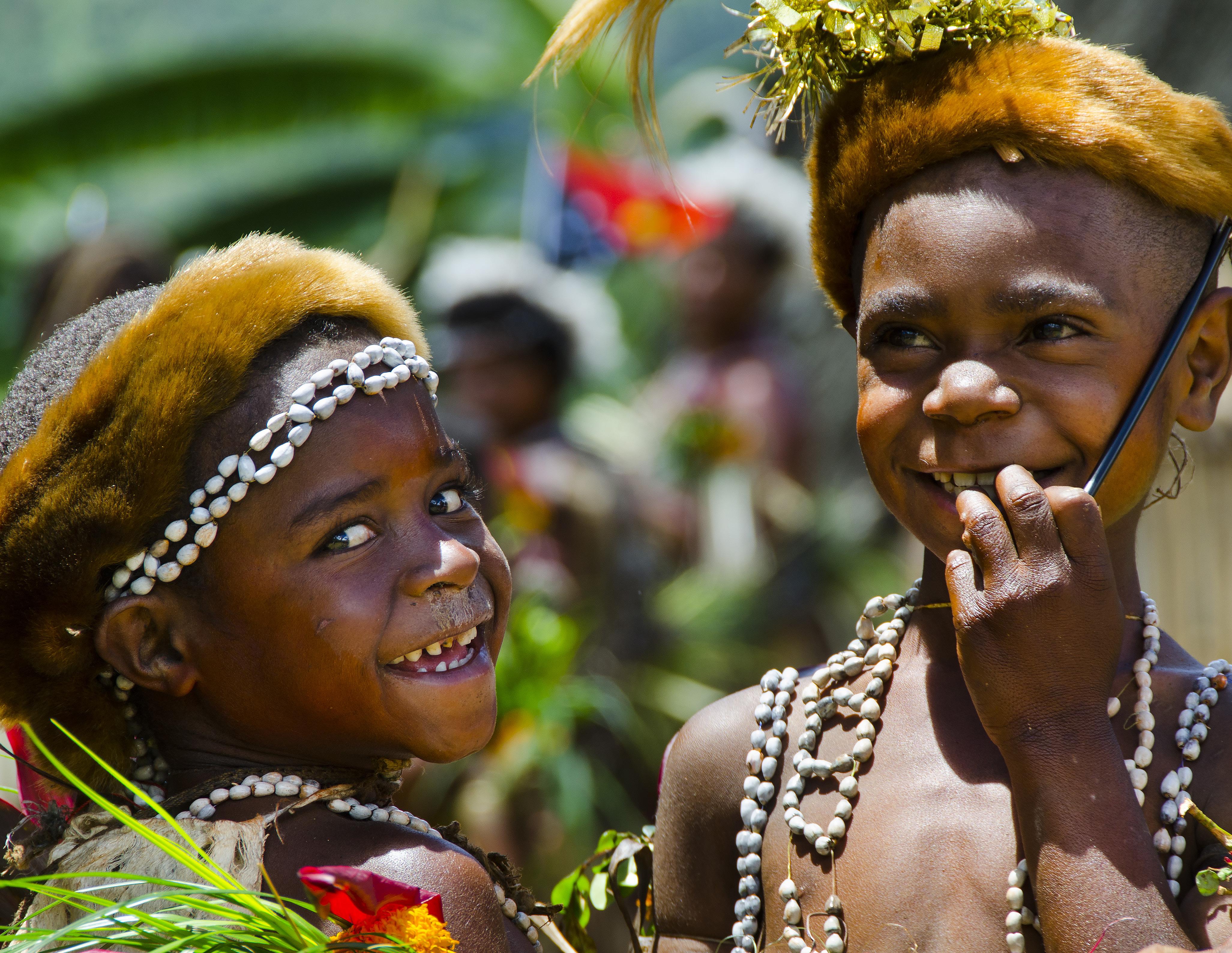25 Years of Global Leadership

Conservation Area




5 Tree Kangaroo
Conservation Program:
A Model for Conservation Success
Protecting Biodiversity
Why the Matschie’s Tree Kangaroo?
Further Action for Biodiversity
Conservation for Our Children’s Future
How Preserving Indigenous Ways Led to a Model for Global Conservation
10 Celebrating 25 Years: A Tree Kangaroo
Conservation Program Timeline
15 How the Tree Kangaroo Conservation Program is Changing the World
16 Championing
community leadership
Rangers Exemplify
Conservation Values
High-Tech Solutions Reveal Tree Kangaroo Secrets
Tree Kangaroo Monitoring Enlightened Work With Other Endangered Animals
New Ways of Seeing: 3D Maps as Breakthrough Planning Tool
22 Acting on Indigenous knowledge and cultural traditions Cultural Exchange Bridges an Ocean Leading the Way: Community-Led Conservation
30 Treating the health and future success of forests, wildlife and humans as interlinked
Local Livelihoods Help People and Forests Thrive
Health Care as Conservation Action Healthy Connections
By Dr. Rob LiddellHealthy Village, Healthy Forest
36 Making youth, our future conservation leaders, the stewards of the land today
Fostering the Next Generation of Conservationists
40 Coming Soon:
26 Prioritizing biodiversity
Keeping Tree Kangaroos
SAFE and Sound
Woodland Park Zoo’s Forests for All Exhibit Experience
45 Thank you!
YUS stands for the Yopno, Uruwa and Som Rivers, which sculpt the landscape of the Huon Peninsula in northeastern Papua New Guinea.
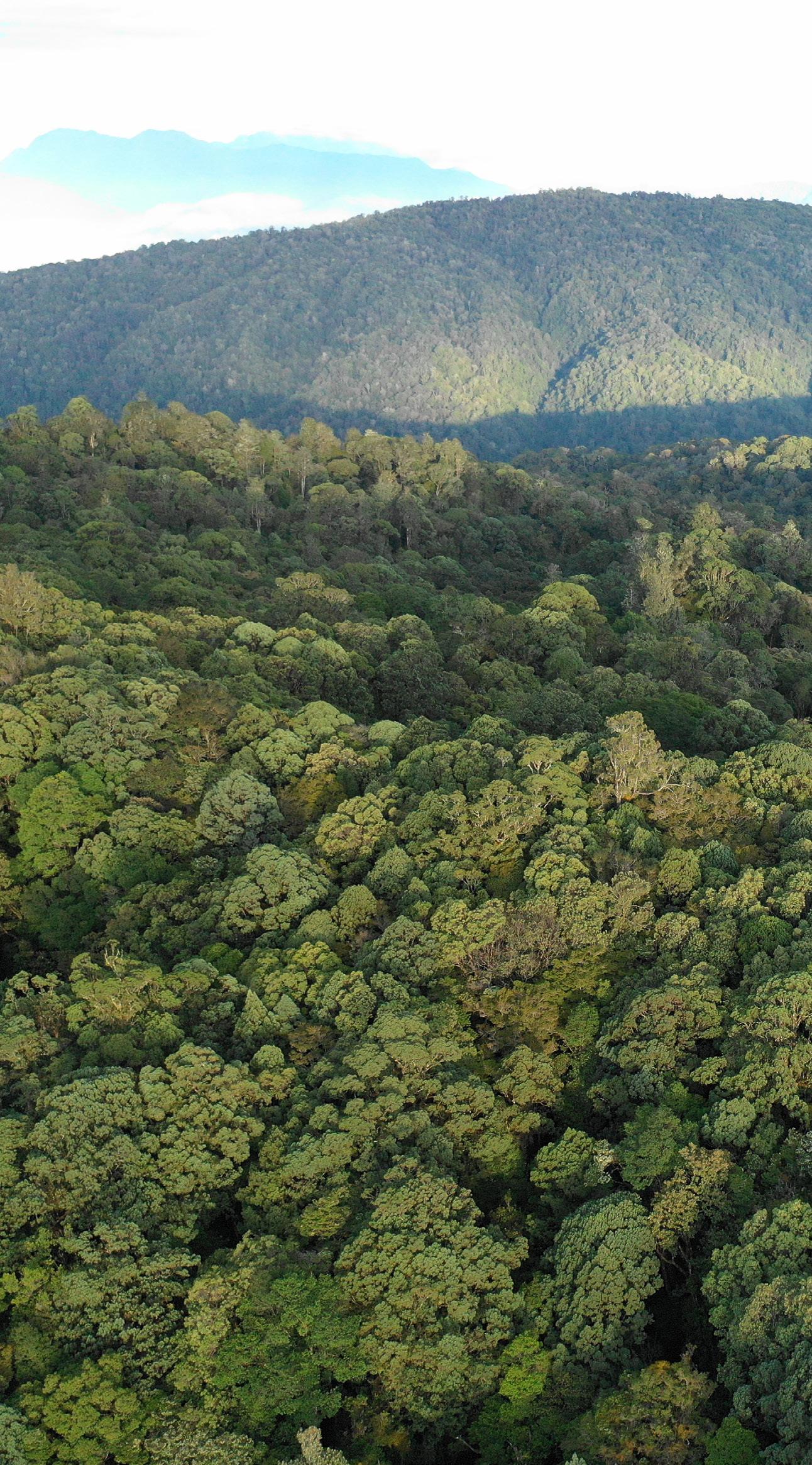
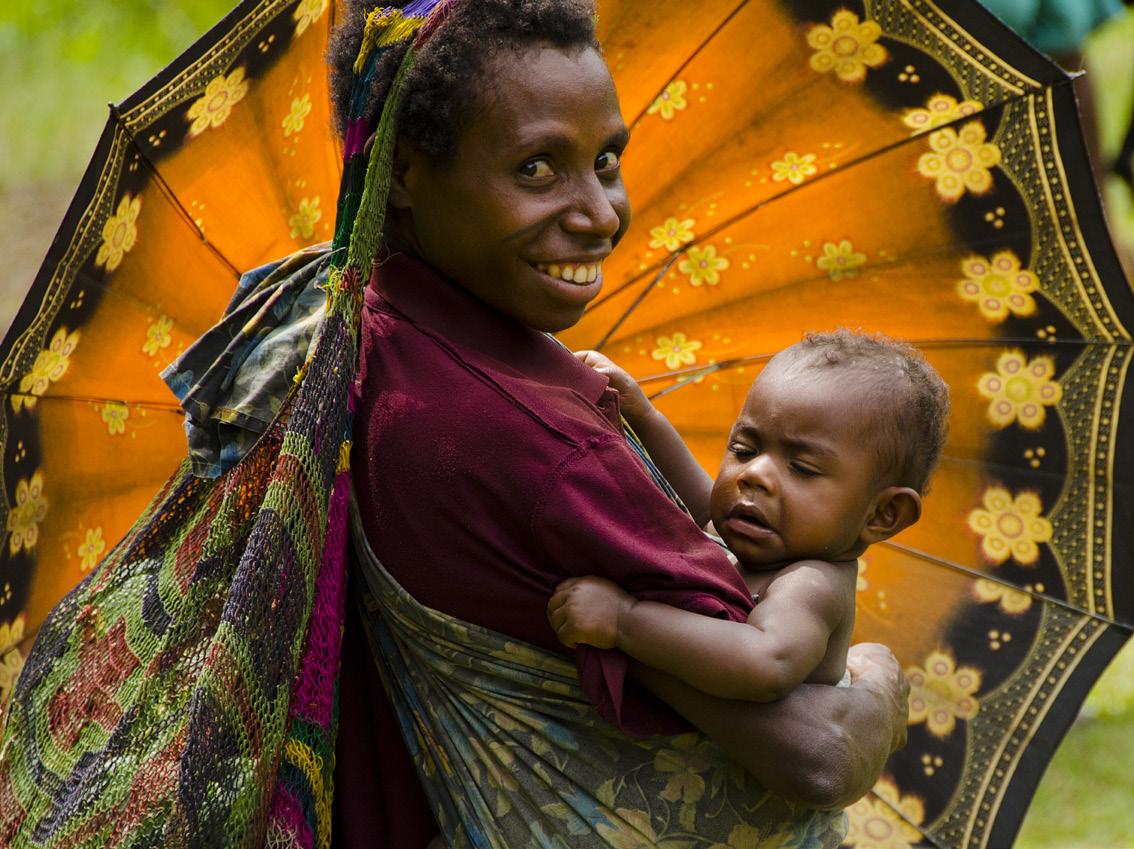


On a remote peninsula in Papua New Guinea, some of the most pristine forests on Earth are home to a unique and precious diversity of species. Woodland Park Zoo’s Lisa Dabek arrived here 25 years ago in search of the Matschie’s tree kangaroo, a marsupial never before studied in the wild. What happened next ignited an entire region’s passion for conservation.
Today, the communities of YUS (named for the Yopno, Uruwa and Som Rivers that run through the area) are globally recognized conservation innovators. With the Tree Kangaroo Conservation Program, more than 14,000 Indigenous landowners and their families have created the first nationally recognized community-managed conservation area in Papua New Guinea’s history.

The YUS Conservation Area protects more than 187,000 acres of forest and 50 villages against logging, mining and overhunting—and stretches from mountainous cloud forests to lowland rain forests to coral reefs. From schoolaged junior rangers and coffee entrepreneurs to midwives and hunters-turned-trackers, every person living in this region has contributed to the program, working together to safeguard forest biodiversity in one of the most distinctive places on the planet.
Woodland Park Zoo is known for stellar conservation work, and with the Tree Kangaroo Conservation Program it has accomplished something truly extraordinary: If conservation is going to make a lasting difference, change must be led from within the communities themselves.
How did a group of isolated communities in Papua New Guinea unite global leaders, save an ecosystem on the brink of irreparable damage, and improve their own health and economic stability? Twenty-five years after Lisa Dabek began her quest, we honor the success of YUS communities and the Tree Kangaroo Conservation Program—and ask what they can teach us.
At the core of this work is a hard-won trust earned because, from their first meeting, program staff have listened and responded to what the people of Papua New Guinea identify as their greatest needs, and pursued projects that:


• Champion community leadership
• Act on Indigenous knowledge and cultural traditions
• Prioritize biodiversity
• Treat the health and future success of forests, wildlife and humans as interlinked
• Make youth, our future conservation leaders, the stewards of the land today
The YUS Conservation Area has become an international model for how to enact inclusive conservation strategies that ensure people, animals and forests can thrive. By protecting the Matschie’s tree kangaroo, YUS communities motivate people everywhere to act for the health of their own forests and global biodiversity.

“ The Tree Kangaroo Conservation Program revolves around people making choices to have healthy lives, healthy communities and healthy forests, and to protect endangered species.”
Lisa Dabek, Woodland Park Zoo Senior Conservation Scientist and Founder and Director of the Tree Kangaroo Conservation Program
Biodiversity refers to the variety of all life on Earth—from the single-celled paramecium to the 400,000-pound blue whale. In addition to including every living thing and the ecosystems where they dwell, the word’s broadest definition also encompasses human cultural diversity.
Biodiversity brings us clean air and drinking water because thriving forests pump out the oxygen we breathe, and healthy ecosystems serve as filters for the clean water we depend on. Biodiversity is also our best tool against climate change: Intact forests store carbon, generate oxygen and reduce the impact of flooding and pollution.
In the YUS forests of Papua New Guinea, humans are only as healthy as the local tree kangaroos, echidnas and hornbills. Similarly, in the Pacific Northwest, our health is intrinsically connected to that of the cedar trees, Douglas squirrels and banana slugs in the woods next door.


Fly 6,550 miles from the gates of Woodland Park Zoo, southwest in an arc over the Pacific Ocean, and you’ll arrive on Papua New Guinea’s lush, moss-draped Huon Peninsula. Though just 60 miles south of the equator, the air here feels more Cascade crisp than tropically muggy. On a satellite map, a cloud cap consistently clings to verdant peaks topping 13,000 feet.
Matschie’s tree kangaroos live solitary lives here, in the upper reaches of trees like the majestic old-growth Papuacedrus. Listed as endangered by the International Union for Conservation of Nature, tree kangaroos are under constant threat from habitat destruction and unsustainable hunting practices. Only 2,500 mature individuals are believed to survive in the wild.
Matschie’s tree kangaroos are an umbrella species, which means that protecting them indirectly safeguards myriad other species that share their habitat. The Tree Kangaroo Conservation Program was created to protect the Matschie’s tree kangaroo and its forest home. And after YUS communities designated a no-hunting zone to boost tree kangaroo populations, countless other animals and plants have also benefited.
In 2020, the people of YUS took another giant step forward to prioritize diversity and prevent climate change. Working with the Tree Kangaroo Conservation Program and the government of Papua New Guinea, they deemed the areas where they live and work as a living landscape deserving recognition, respect and safeguarding. They acted on this by expanding the 187,000-acre YUS Conservation Area to include the entirety of their region’s 402,000 acres. This significantly strengthened YUS community efforts to sustainably manage their land for the benefit of humans, wildlife and forests, and emphasized the interdependency of all life. In protecting the biodiversity of their homeland, the residents of YUS are also preserving their cultural heritage and fighting global climate change.


“
Our coffee gardens serve as a place where animals and birds can feed and make their homes. My coffee garden houses all kinds of bird species, including the bowerbird, which likes the shade and came to build its nest here.”

Herson Hame, YUS coffee farmer
 By Stanley Gesang, Lead Tracker, Tree Kangaroo Conservation Program
By Stanley Gesang, Lead Tracker, Tree Kangaroo Conservation Program

I used to hunt and kill tree kangaroos for protein. When I joined the Tree Kangaroo Conservation Program as a tracker, I saw the tree kangaroos as my friends, and I stopped killing and eating them. We learn from the research work carried out here and I take pride in it.
Tree kangaroos were nearly extinct when my clan pledged to protect a large portion of our forest for conservation in 2004. Wildlife is more abundant and diverse in our forest now, and this clearly shows the benefits of conservation. In the past, we had to travel for days to hunt, but today we have wildlife we can hunt for protein near our food gardens.
I like my job as a tracker for scientists because I have a source of income to help care for my family and provide for my kids to get educated and improve my family’s way of living. The wages help us to look after our family where life is tough.

If we were never introduced to conservation, our tree kangaroo population would have died out a long time ago. I am happy that we have accepted conservation so our kids and their kids for generations will still see a tree kangaroo.

Mambawe Manaono and his clan make the first



to conserve

land.
leads the first YUS biodiversity survey and documents hundreds of plants and animals, including new frog species!



Conservation International Global Conservation Fund grant begins

INNOVATEGROW
WPZ uses radio tracking to learn about wild tree kangaroo ecology.

Landmark YUS landowner workshop leads to application for PNG Conservation Area status.
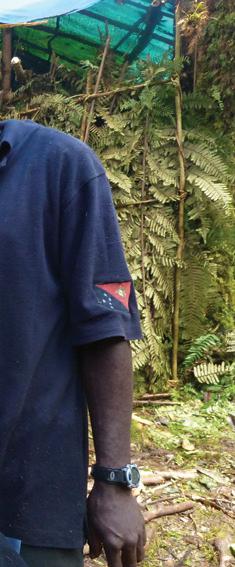

Author Sy Montgomery features TKCP and Lisa Dabek in Quest for the Tree Kangaroo.

LEAD
The first YUS teaching scholarship students graduate and begin teaching in YUS primary schools.

TKCP volunteer doctors and YUS community health workers launch TKCP health project and invite WPZ physicians as their partners.

Five year KFW/German Government grant through Conservation International begins.
The YUS Conservation Area is gazetted by the PNG Government, the first of its kind in PNG history.

The TKCP livelihood project kicks off with a focus on coffee.




Community commits to protect 187,000 acres of forest, creating the YUS Conservation area — the largest in PNG history.

First YUS Conservation Coffee fills cups in Seattle’s Caffe Vita.

YUS clans and TKCP develop comprehensive community-based landscape plan.
PROTECT TKCP-PNG becomes a registered NGO in Papua New Guinea.

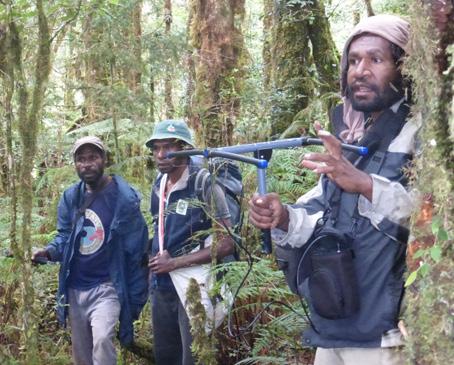






shoreline communities initiate marine monitoring program.

Ranger Program inspires future leaders of conservation efforts.
A National Geographic grant funds new GPS collars that bring fresh insights into tree kangaroo ecology.
The first Lummi Nation representative visits YUS to share cultures, languages, histories, and ancestral knowledge.

YUS Conservation Area Rangers begin patrolling the YUS Conservation Area.
TKCP conservation strategies manager Karau Kuna accepts the distinguished United Nations Equator Prize for TKCP’s conservation triumphs.
marks 20 years of conservation successes.
TKCP conservation strategies manager Karau Kuna receives the prestigious Whitley Award for uniting local landowners to protect YUS.
YUS research biologist Daniel Okena receives the EDGE Zoological Society of London Fellowship to study the endangered long-beaked echidna.
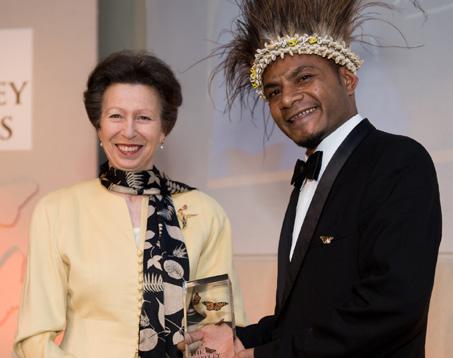
TKCP welcomes Modi Pontio as the first associate director from PNG — all TKCP staff are from Papua New Guinea.
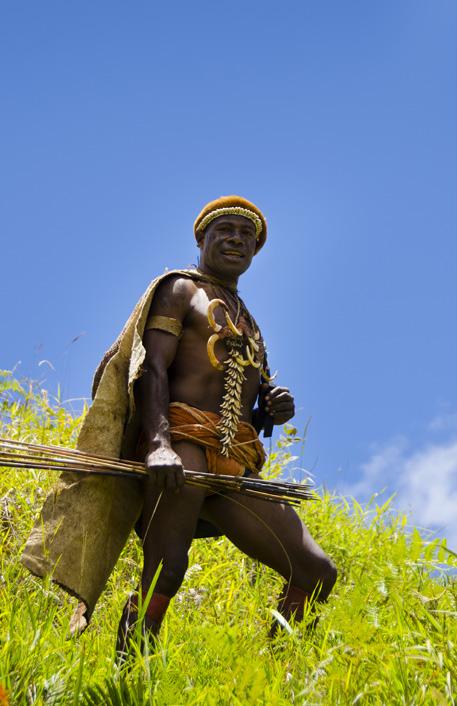


Six YUS and PNG representatives join the Lummi Nation Salish Sea Canoe Journey.
10
Participatory
3D mapping revolutionizes
YUS community understanding of shared resources.
The YUS Conservation Area serves as a Learning Landscape model project under the USAID biodiversity project.


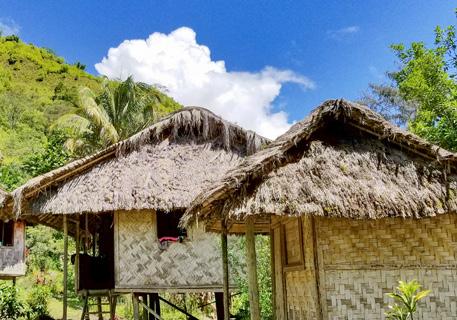

The COVID-19 pandemic ascends, slowing TKCP research due to travel bans and other safety precautions.
Lisa Dabek is lead editor of Tree Kangaroos Science and Conservation, the most comprehensive book published about these animals.
TKCP marks a quarter century of YUS conservation!
TKCP researchers are planning to complete a genetic analysis to explore relationships among GPS-collared tree kangaroos in the Wasaunon Field site in YUS Conservation Area.

AZA Tree Kangaroos of PNG SAFE Program is formed to save tree kangaroos from extinction.


The YUS Conservation Area is extended to include the entire living landscape of the region — 402,000 acres.
12
Lisa Dabek receives the IUCN Harold Jefferson Coolidge Memorial Medal for outstanding contributions to the conservation of nature and natural resource.
YUS landowner and TKCP staff member Danny Nane graduates from Oxford University’s Wildlife Conservation Research Unit.
TKCP will support local leadership in stewarding the next generation of YUS conservationists.

 By Danny Nane, Community Conservation Coordinator, Tree Kangaroo Conservation Program
By Danny Nane, Community Conservation Coordinator, Tree Kangaroo Conservation Program
Danny Nane was among the first YUS landowners to attend the University of Papua New Guinea, where he completed a bachelor’s degree in environmental sciences and geography. He is a recent graduate of the Oxford University Wildlife Conservation Research Unit.
I first sighted a tree kangaroo in my father’s forest back in 2000 when I was 10 years old. I accompanied my dad into the thick forest higher up in the mountains. At first, I thought it was a thick green and brownish forest moss clinging to the branch of the tree, but then it moved and started eating the leaves. My dad told me no, it is a kapul, as we call tree kangaroos in my local language. It was perfectly camouflaged. With its long tail and resemblance to a bear’s facial appearances, they are so much cuter than any other forest animal I have ever seen!
Tree kangaroos, as the largest native forest mammal, are the most rewarding hunting targets for local Indigenous hunters. People have hunted the tree kangaroos for meat and their fur for years. Also, habitat destruction caused many tree kangaroos to lose their home. As a result, the population of tree kangaroos dropped drastically in the 1980s.
In 1996, a conservation initiative was introduced after a study that was conducted on the population density and home range of the tree kangaroos. I was in the village
and witnessed how hard it was for my father and other Indigenous landowners to agree to pledge for conservation. However, they were convinced that if you want to hunt tree kangaroos, you must begin by protecting them, otherwise you will not have any of them left to hunt. That was the turning point for most of the local landowners to pledge their land and protect tree kangaroos.
Now the YUS Conservation Area is a leading example for conservation in Papua New Guinea and a model for other conservation initiatives. From growing up in my village and witnessing the establishment of the conservation area, and all the struggles and victories related to it, I have realized direct involvement of the communities will lead to the success of any conservation effort. It is key to protecting any species and its habitat, including the Matschie’s tree kangaroo.

Over the past quarter century, the Tree Kangaroo Conservation Program has proven that lasting change is rooted in community-led initiatives. Here are some examples of its work in action.
Future
Conservation: Celebrating
Years
“
The YUS Conservation Area is a leading example for conservation in Papua New Guinea and a model for other conservation initiatives. From growing up in my village and witnessing the establishment of the conservation area, and all the struggles and victories related to it, I have realized direct involvement of the communities will lead to the success of any conservation effort. It is key to protecting any species and its habitat, including the Matschie’s tree kangaroo.”
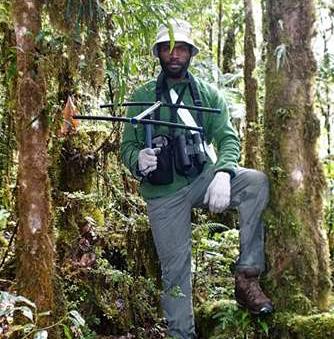
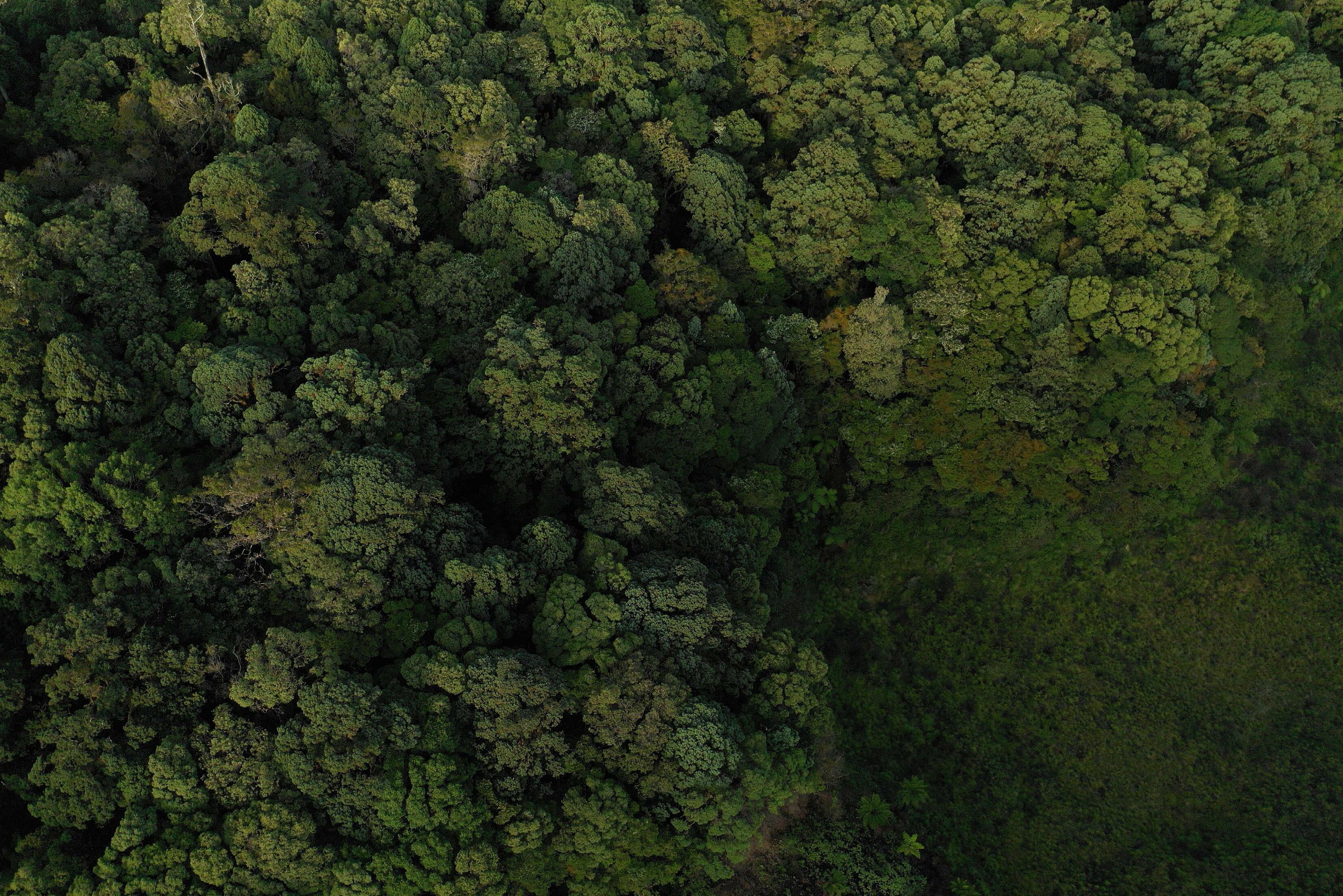 Danny Nane, Community Conservation Coordinator, Tree Kangaroo Conservation Program
Danny Nane, Community Conservation Coordinator, Tree Kangaroo Conservation Program

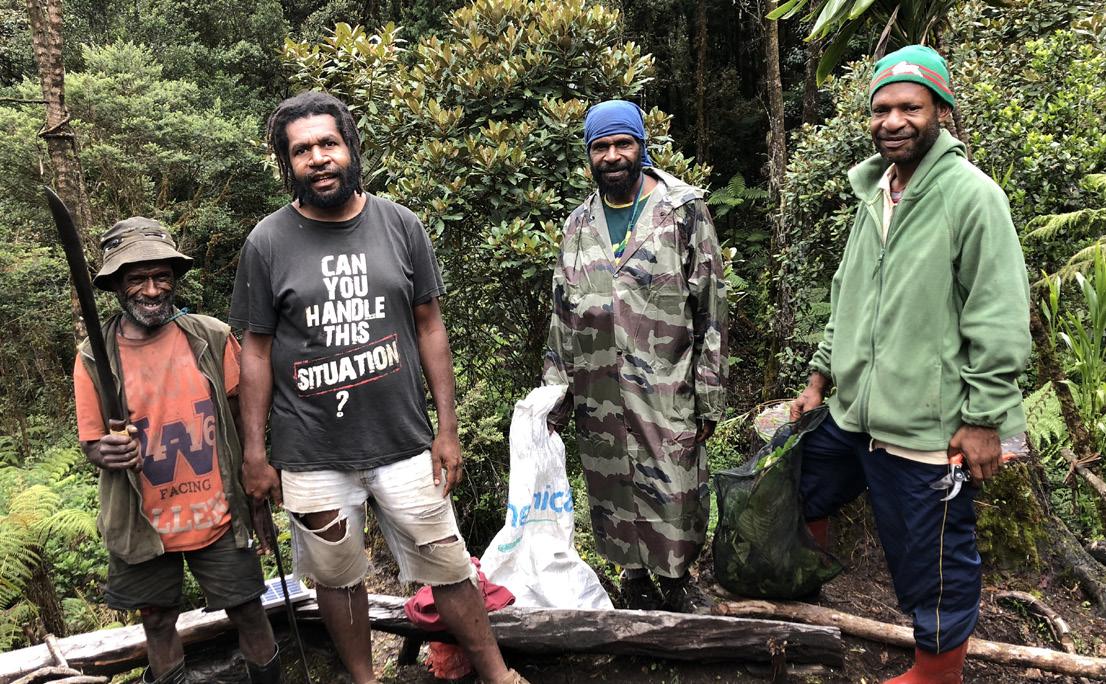
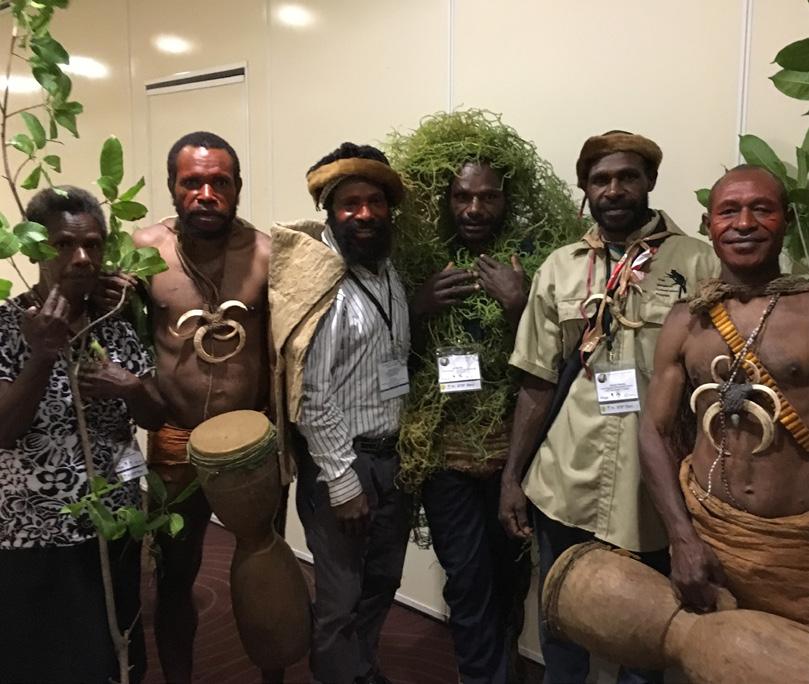

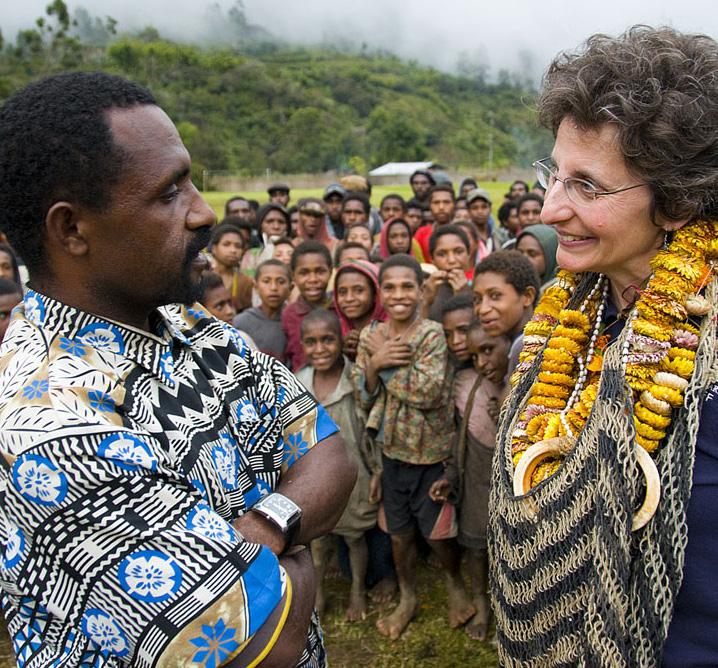
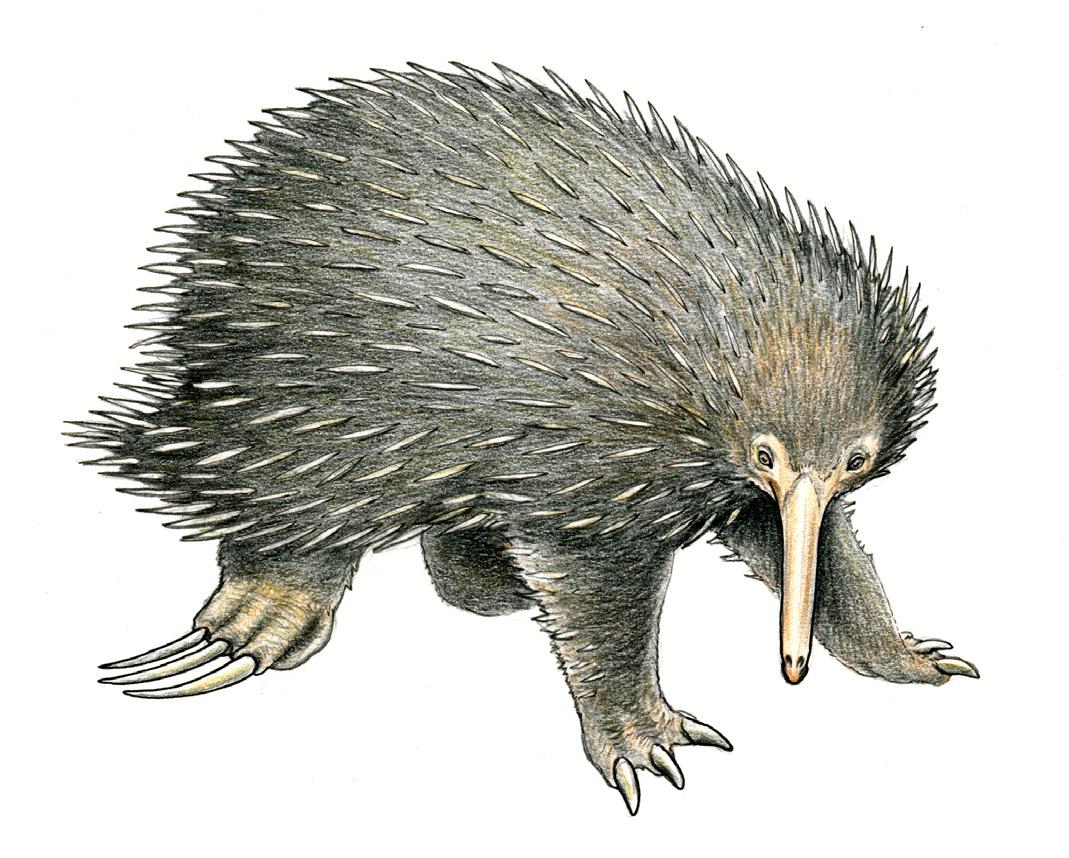
YUS Conservation Area rangers embody the commitment of communities across the region to protect their environment. Papua New Guinea’s first-ever rangers are appointed by YUS landowners to do monthly patrols to monitor the wildlife and to educate communities on the rules and boundaries of the conservation area. They work in collaboration with landowners and local magistrates to uphold YUS Conservation Area bylaws. Building on their already deep knowledge of the landscape and ecosystem, the rangers are gaining expertise in species identification and monitoring skills.

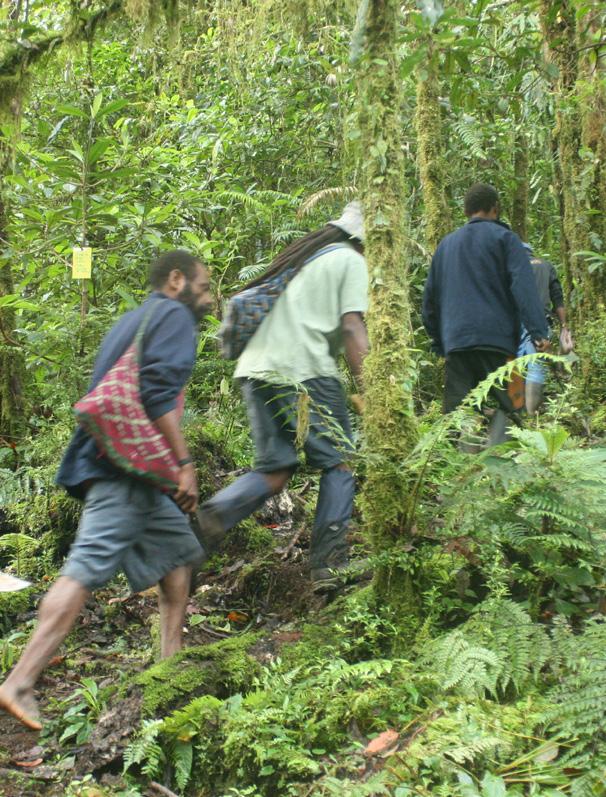
What’s next: Tree Kangaroo Conservation Program staff will expand the use of and improve technologies such as SMART (Spatial Monitoring and Reporting Tool). Rangers use this tool to collect essential wildlife data and their feedback will be used to hone the SMART’s capabilities to better understand threats facing wildlife.

Working closely with YUS landowners, Tree Kangaroo Conservation Program scientists have collected the first data on Matschie’s tree kangaroo ecology and behavior in the wild. These gains are due to both the skill of YUS trackers and the technological ingenuity of research partners, who together addressed the challenge of Papua New Guinea’s notoriously difficult landscape to study animals high in the tree canopy. The more the people of YUS know about tree kangaroos, the better equipped they are to make land-use decisions that protect their forest.
• Crittercams: In collaboration with the National Geographic Society, the Tree Kangaroo Conservation Program conducted groundbreaking research on tree kangaroo behavior with National Geographic Crittercams. Tree kangaroos are difficult to observe from the ground because they prefer high branches often obscured by leaves and moss. A Crittercam attaches to a small neck collar and captures video and sound to record an animal’s behavior.
• GPS tracking: Working with Microsoft engineers, Woodland Park Zoo scientists fit eight tree kangaroos with custom collars equipped with GPS tracking and altitude sensors, enabling scientists to collect extensive data on the ecology and behavior of tree kangaroos. The collars revealed new details about habitat preferences and patterns—including that individual tree kangaroos have favorite trees.
• Aerial imagery: Tree Kangaroo Conservation Program research partners collected thermal aerial imagery of the YUS Conservation Area using drones and machinelearning technology. The imagery offered leaps in understanding of forest makeup, species behavior and how animals interact with the forest trees.
• Camera Traps: Remotely-triggered cameras were set in the YUS Conservation Area to survey wildlife and captured this rare photo of a mother Matschie’s tree kangaroo with a joey in the pouch. This tool is valuable for monitoring the impact of the Conservation Area.

What’s next: Once the COVID-19 pandemic allows for more field work, scientists plan to place remote-sensor video cameras aimed at the animals’ favored trees. This will enable them to view tree kangaroo behavior over time without the presence of humans.


Almost no one knows that tree kangaroos even exist. The first question I usually get is, “Tree kangaroo?! Is that even a real thing?” I want the world to know about and value both the 14 unique species of tree kangaroos—12 on the island of New Guinea—and the 839 human language variations in Papua New Guinea for the same reasons: They are evidence that a combination of steep mountainous topography and stable tropical climates create dramatic levels of biological and cultural diversity that deserve our attention!
I visited YUS in 2017 to provide expertise with GPS-collar monitoring and to learn more about tree kangaroo biology. On the technical side, we had an important breakthrough by successfully using large ground planes (electrically conductive surfaces) under GPS antennas to get accurate animal locations under a dense cloud-forest canopy—which has been historically difficult to penetrate with radio signals. In addition, the collar data we collected revealed for the first time the four-times-daily bouts of feeding activity that enable this marsupial’s digestive system to thrive on leaves and other forage materials that have relatively low nutritional value.
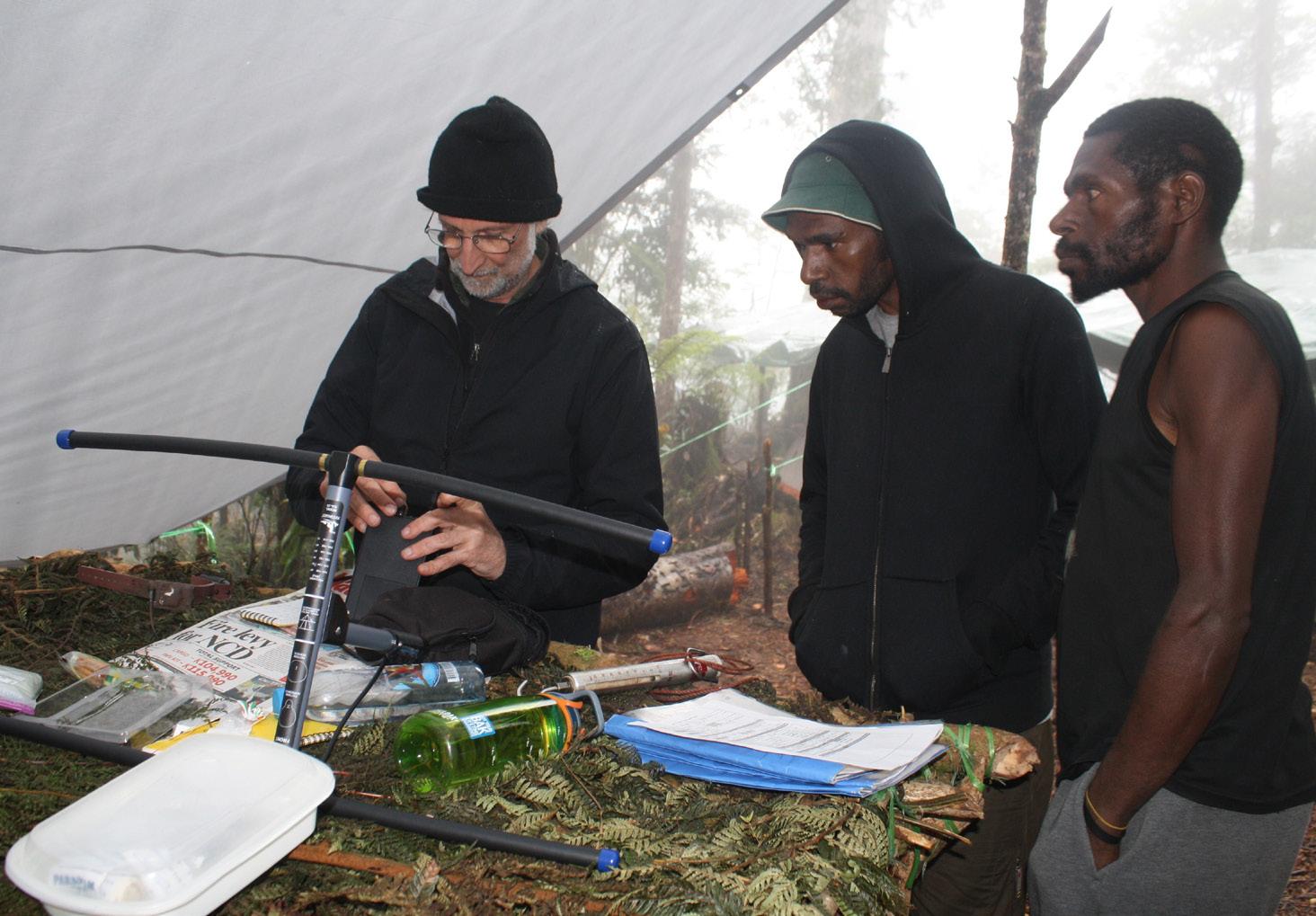
What I learned working with the Tree Kangaroo Conservation Program enabled my leap away from the attached devices that we used on tree kangaroos to entirely noninvasive smartcamera technologies. After I returned from Papua New Guinea, my nonprofit secured substantial state and federal funding for artificial-intelligence-enabled devices that we are now using in projects monitoring pollinators, endangered reptiles, salamanders and scarlet macaws. Our current grants and technologies draw on fundamentals that I developed and field-tested in Papua New Guinea—and I’m excited to see how our latest inventions will work for tree kangaroos as well.
I wish everyone was aware of the many years of painstaking, dedicated work required to gradually build relationships and trust that has made the Tree Kangaroo Conservation Program such a success.

The verdant beauty of YUS is matched only by its remoteness. The Tree Kangaroo Conservation Program introduced a hands-on land-use planning tool called participatory 3D (three dimensional) modeling, so the people of YUS could fully understand the scope of their shared natural resources. After a successful pilot in 2017, program staff secured funding from USAID to host a series of 3D modeling workshops across YUS in 2019.

Paper maps make it hard to visualize scale and topography, so these table-top 3D maps are revolutionary. The maps prompted important conversations about the balance between protecting the land and economic progress.
Community members color-coded the maps based on use—
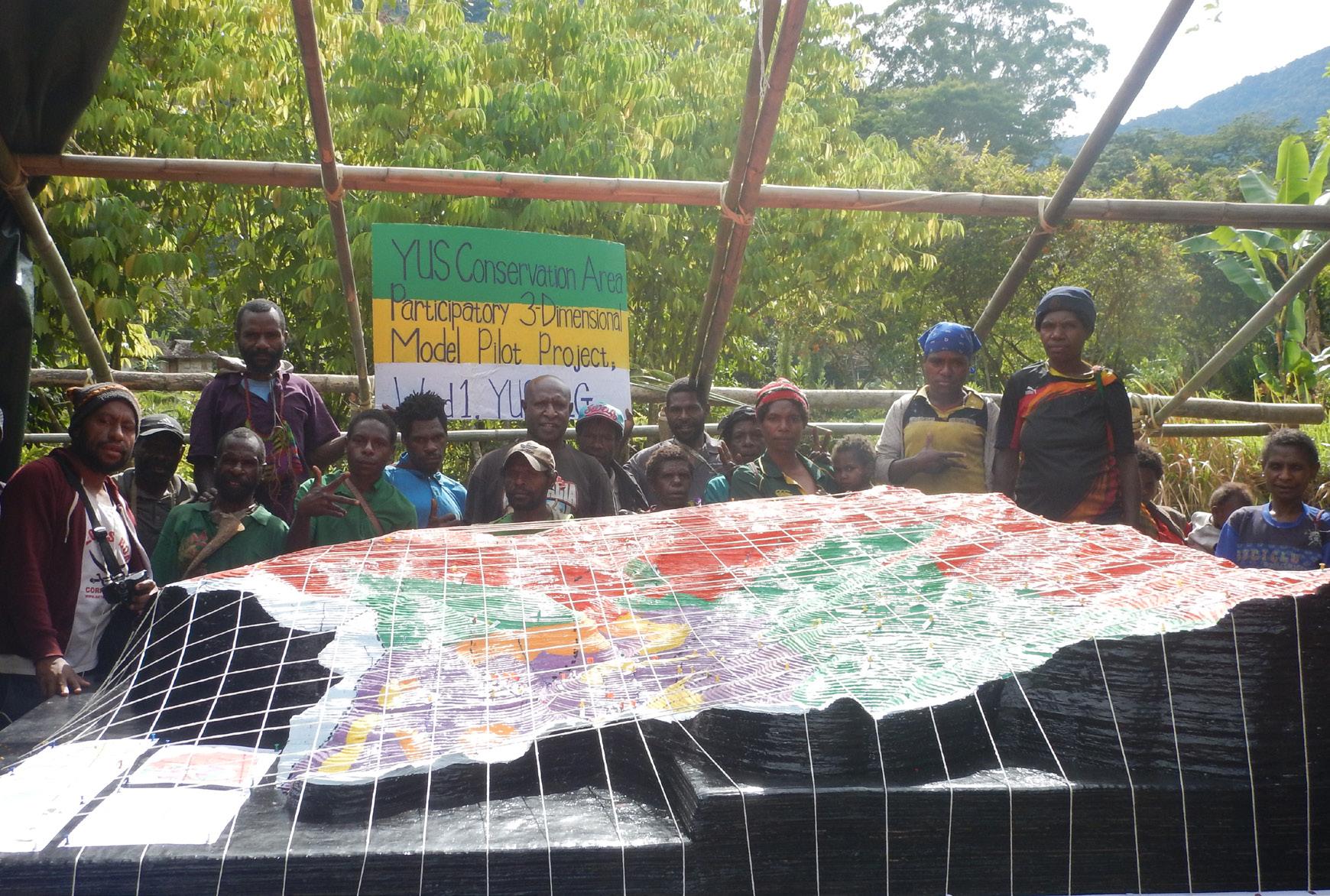
the core protected area, buffer zones, gardens, and places for collecting fuel wood and medicinal plants. Participants came away with a fuller understanding of how others are interacting with their shared landscape, a new appreciation for the value of land-use planning, and community agreements around how to use the land.
What’s next: Communities will continue to use the 3D maps to help monitor adherence to landuse plans and as reference points during land-use planning sessions. If someone raises a concern about a community member clearing space for a new garden, for example, they can consult the map together and review community land agreements.


“
The Lummi community greatly values the experience of people who still honor a lifeway that aspires to living in balance with nature and preserving tradition. It was important to the Lummi to share their lifeway with the visitors from Papua New Guinea. As the late Lummi Chief Bill Tsi’li’xw James said, ‘We learned something new about our old ways in meeting with our Papua New Guinea relatives.’ These syncretic moments when ‘past meets future’ in an in-common present has long been profoundly important to the Lummi community.”
Kurt Russo, Executive Director, Se’Si’Le
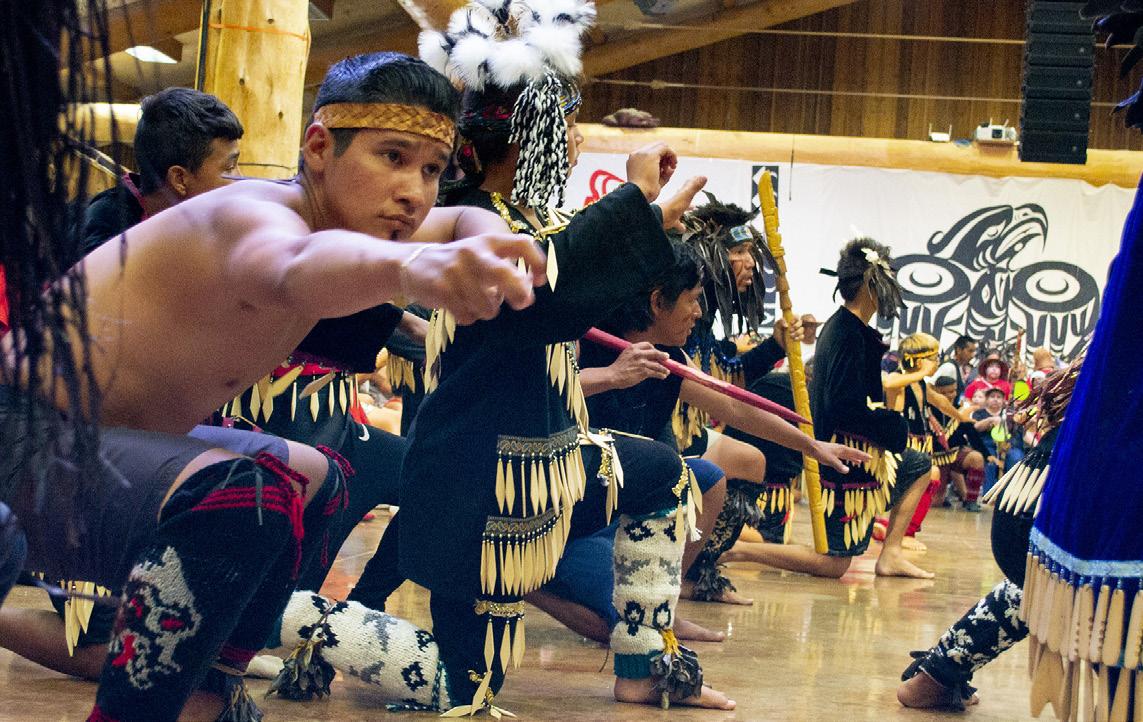

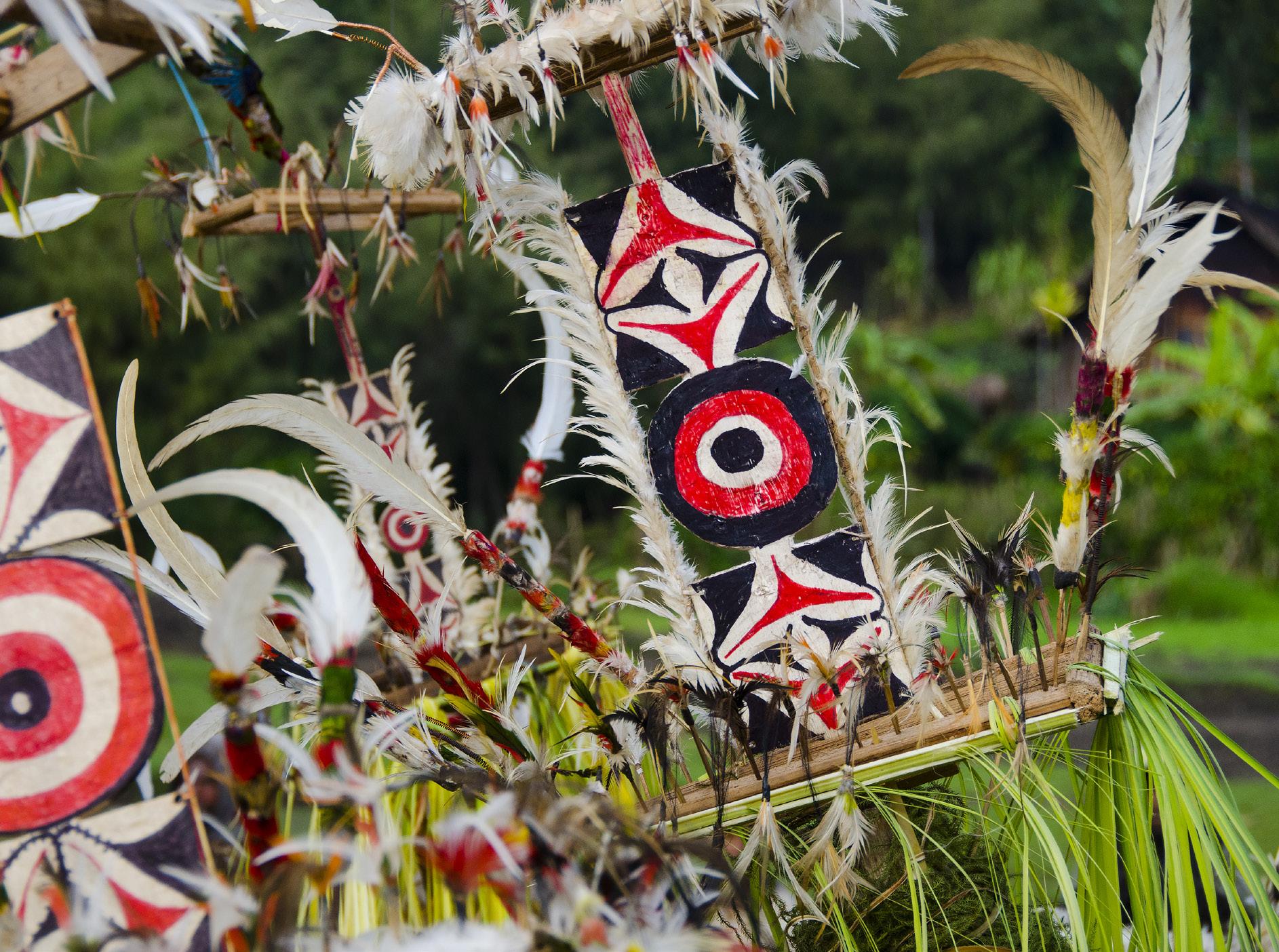
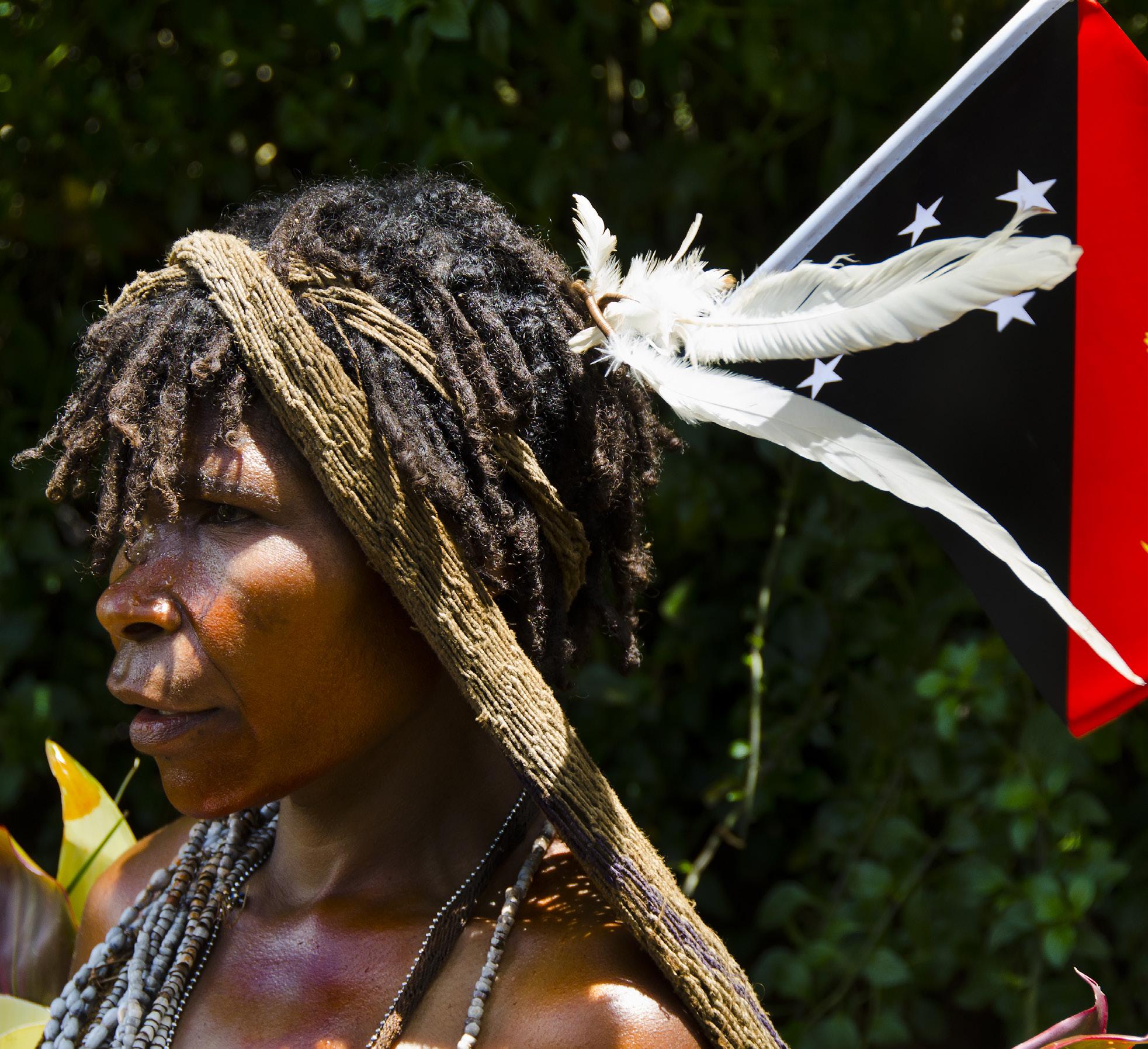
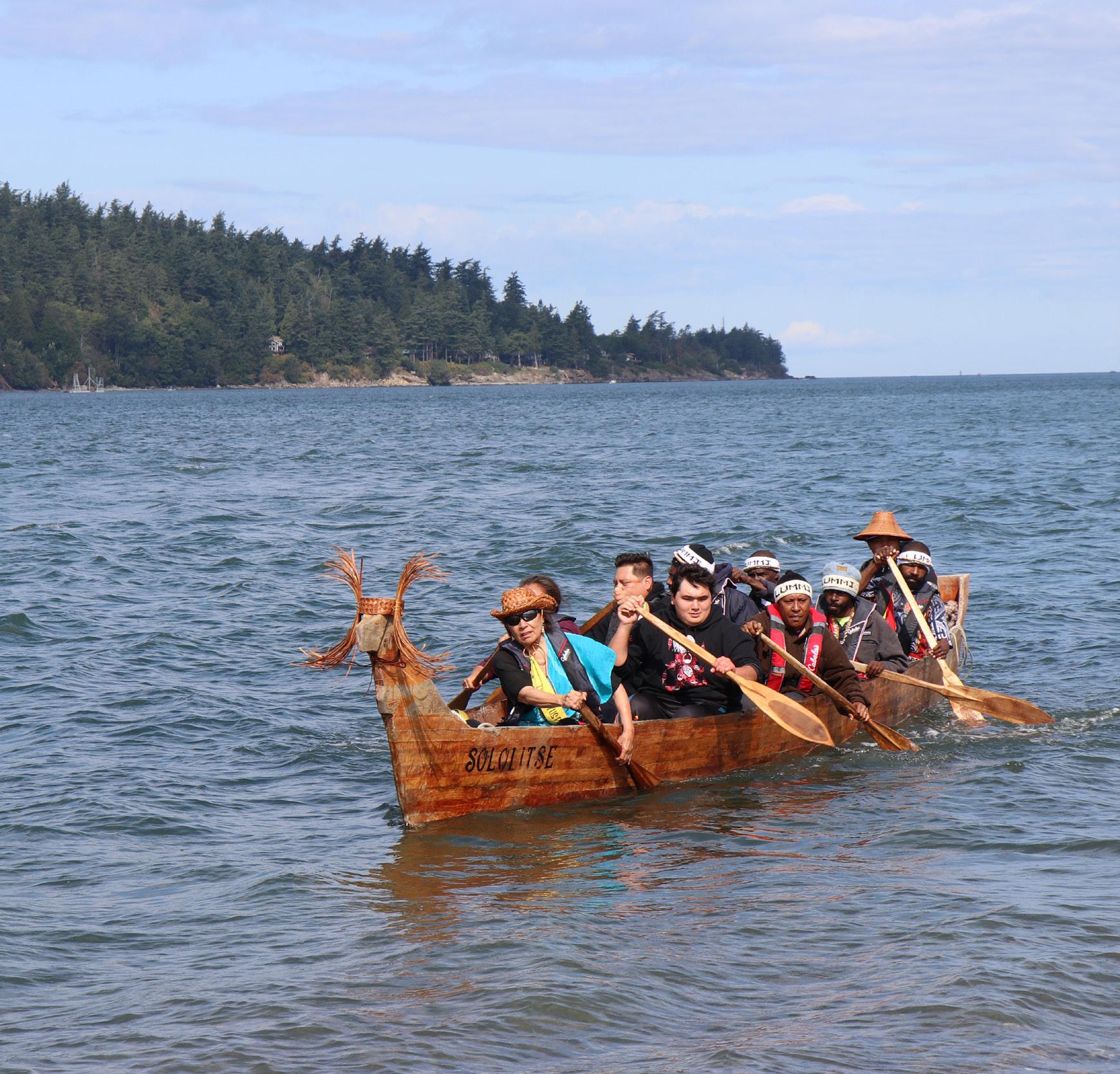
In 2018, the Tree Kangaroo Conservation Program initiated a cultural exchange between the Indigenous people of YUS and members of the Lummi Nation, a Pacific Northwest Coast Salish tribe renowned as a staunch advocate for environmental protection and Indigenous rights.
Lummi Nation representative Cathy Ballew visited Papua New Guinea to meet YUS leaders, educators and community members to learn about their culture and traditional forest medicines. In turn, a group from YUS traveled to Washington state to spend a dynamic week with the Lummi and other tribes. They shared conservation victories and setbacks, and discussed similarities and differences in their traditions and how they honor them in the face of outside influences and pressures.
What’s next: The Tree Kangaroo Conservation Program with Fidgit Films is creating a video about the cultural exchange that will be shared with YUS and Lummi members to present ideas generated by both groups about next steps. Exchange visits will resume once the threat of COVID-19 has passed.
At the 2021 United Nations Climate Change Conference (COP26) in Glasgow, funding groups— including Rainforest Trust and Re:wild—announced a $5 billion pledge to advance Indigenous-led efforts around the world. The Tree Kangaroo Conservation Program is a trailblazer—a tested model demonstrating how community-led conservation achieves long-term success.
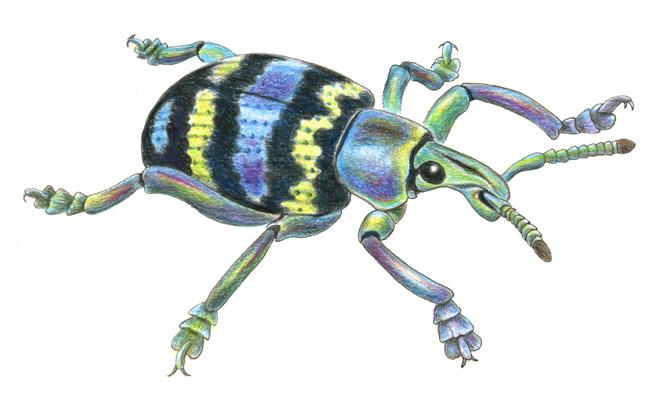


“
The world can learn a lot from what the Tree Kangaroo Conservation Program and YUS communities have accomplished. Every day, the people of YUS experience the connection between having an intact forest and having fresh water, clean air, fertile soils producing rich garden food, and access to forest resources like medicine and building materials. The planet will be a healthier place if every human has this awareness of their own natural resources.” Modi Pontio, Associate Director, Tree Kangaroo Conservation Program, Papua New Guinea






 By Lisa Dabek, Woodland Park Zoo Senior Conservation Scientist and Founder and Director of the Tree Kangaroo Conservation Program
By Lisa Dabek, Woodland Park Zoo Senior Conservation Scientist and Founder and Director of the Tree Kangaroo Conservation Program
Woodland Park Zoo senior conservation scientist Lisa Dabek has loved animals for as long as she can remember. As a college student, she studied behavior of humpback whales and other marine mammals. A fateful meeting at Woodland Park Zoo led to graduate research in the behavior of the Matschie’s tree kangaroo. It became Lisa’s mission to study and protect these animals in the wild.
It has been an honor to lead the Tree Kangaroo Conservation Program for 25 years! What started out as a scientific quest became a practice of patience, diplomacy and human relations.
I have learned so much from my friends and colleagues in YUS about how to live in harmony with the land. We talk about living sustainably in Seattle, but they know no other way!
During my first trip to Papua New Guinea, it struck me immediately that any kind of conservation or research work with tree kangaroos was about working with people. My work became all about building relationships and trust—and this took a lot of listening and asking questions. The best that we can do as outsiders is to work in service to these communities—to provide technical advice and assistance, but then step back and let them lead the conservation work. I see my role as one of inspiring people to make good decisions for the long term.
One of the biggest changes I have seen in the past 25 years is people in YUS taking pride and responsibility for land-use
planning. It’s not a typical thing in the culture of Papua New Guinea to think 10 years ahead. And now YUS is doing it better than we do here in Washington state! They take it very seriously and are proud of being stewards of the forest and protecting tree kangaroos, and of creating the first conservation area in the country. They are incredibly resilient, resourceful, self-sufficient and have a strong spiritual and practical connection to nature. When they do community planning, they get everyone involved—students, teachers and elders. We could learn a lot from them!
When I began this work, it was my dream that one day everyone would know what a tree kangaroo is. Now 25 years later, it’s exciting that these animals are beginning to be recognized globally as a flagship species for biodiversity and conservation—like pandas, elephants and mountain gorillas.
I am proud to see the YUS Conservation Area become a model program for other conservation organizations around the world. Every community is different, but success centers on following the lead of the people of YUS to build practices that ensure sustainable health and prosperity for all who call the forest home.



Woodland Park Zoo formed the Tree Kangaroo Saving Animals From Extinction (SAFE) program through the Association of Zoos & Aquariums (AZA) in 2020. The goal of the SAFE Program is to contribute to the conservation of tree kangaroos in the wild and support the local communities where the species live in PNG. By inspiring and empowering AZA members, guests, and global partners, the Tree Kangaroo SAFE program will link community-based conservation initiatives in PNG with the efforts and support of AZA members and partners.
Woodland Park Zoo is also home to one of the most successful tree kangaroo breeding programs in the world. Zoo staff literally wrote the book on tree kangaroo care, and more than 20 joeys have been born at the zoo since 1987. Tree Kangaroo Conservation Program research in Papua New Guinea contributes to better care for zoo animals: for example, feeding ecology data led to a new diet plan for tree kangaroos in zoos that closely mirrors how these herbivores eat in the wild. What’s next: Woodland Park Zoo’s new Forests For All exhibit will invite more than a million guests annually to explore how their lives are connected to the success of Tree Kangaroo Conservation Program milestones in Papua New Guinea.
“This is a brilliant project, and there aren’t many like it worldwide. When you have something as good as this, you have to nurture it, you have to support it, and you have to tell the world about it because the world wants to know these kinds of things are happening. It’s the people here, the local communities, who are taking ownership of the way in which they want to live their lives. I’m very confident that this will be a model not just for Papua New Guinea, but for many places around the world.”
 Roy Trivedy, United Nations Sustainable Development Group
Roy Trivedy, United Nations Sustainable Development Group

“
It’s a deep cultural understanding of this interconnectedness that powers the Tree Kangaroo Conservation Program … I think this is one of the best conservation stories in the world because it is powered by people and connects wildlife to people and the land, air and water they all share.”
 Dr. Rob Liddell, Diagnostic Radiologist, Woodland Park Zoo Director Emeritus, zoo volunteer, and TKCP team member
Dr. Rob Liddell, Diagnostic Radiologist, Woodland Park Zoo Director Emeritus, zoo volunteer, and TKCP team member







People in YUS rely mostly on subsistence farming and hunting. Coffee and cocoa offer rare sources of cash income, which families use to pay school fees, cover health costs, improve their homes, establish savings and invest in their businesses. The Tree Kangaroo Conservation Program’s YUS coffee and cocoa programs improve local livelihoods while providing incentives for conservation.
Coffee farmers use sustainable growing methods to protect the forest and enable wildlife to flourish. The Tree Kangaroo Conservation Program connected local landowners with specialty coffee roasting companies in Seattle and internationally that buy the high-quality beans at a premium price, direct from farmers. Since the first export of YUS Conservation Coffee in 2011, coffee growers have sold more than 400,000 pounds of beans—generating over $320,000 for their families! Coffee is their most significant cash crop, and the premium price earned through the YUS Conservation Coffee project makes coffee a viable, profitable product.
The coastal cocoa project follows a similar model. Unfortunately, it is still recovering after an invasive pod borer destroyed young trees. In 2020, the Tree Kangaroo Conservation Program provided farmers with cacao saplings resistant to the pest, and farmers are hopeful for a healthy harvest as the trees reach maturity. Global chocolate producers are eager to purchase the beans.
What’s next: Tree Kangaroo Conservation Program staff are researching honey and vanilla as possible new sustainable conservation crops for YUS farmers to pursue.

The Tree Kangaroo Conservation Program is monitoring many endangered and threatened species in the YUS Conservation Area. Since the area was protected in 2009, YUS villagers report seeing tree kangaroos in greater numbers than ever before, and radio-collared tree kangaroos indicate healthier populations in the protected area.

On a field visit to Yopno, I had a memorable experience that symbolizes to me the success of the Tree Kangaroo Conservation Program. As I walked along a rain forest trail between giant ferns, I came upon the distinctive tracks of the critically endangered Eastern long-beaked echidna. Their front feet turn inward and the long claws on their back feet leave a characteristic drag mark. These quill-covered monotremes (mammals that lay eggs) are found in YUS and are among dozens of species that the Tree Kangaroo Conservation Program monitors. I was filled with joy to see signs of this rare animal, and the evidence of its presence was proof that our program is working.
Tree Kangaroo Conservation Program rangers do quarterly patrols to monitor animals including this echidna, the Matschie’s tree kangaroo and the Emperor Bird of Paradise, along with other endemic species. Rangers record their observations and send them to our office where I use SMART (Spatial Monitoring and Reporting Tool) to analyze the data. I give the results back to YUS communities, where people can apply it to land-use planning efforts.
Having this knowledge of animal abundance is another way that the people of YUS can deepen their connection to the land. This information helps them make decisions that support a healthier environment for people, animals and forests.


The people of YUS agree that improved health care is a community priority. That’s why the Tree Kangaroo Conservation Program launched the Healthy Village, Healthy Forest initiative. This work draws on the expertise of Papua New Guinea’s provincial and district health departments, nongovernmental organizations, and volunteer physicians and veterinarians to develop local capacity to provide for basic health needs while showing the connections between human, environmental and animal health—such as clean water, clean air and healthy forests. Its primary goals include improved access to quality health facilities, medication and vaccines, trained community health workers and routine health patrols.


The formidable topography in PNG both protects YUS wildlife habitats from the outside world and isolates its people from access to basic services like medical care. Many YUS communities are separated by treacherous terrain, often more than a full day of hiking away from each other. The Tree Kangaroo Conservation Program developed the Healthy Village, Healthy Forest initiative to address community health care needs. It uses a One Health approach incorporating the health of people, wildlife, and environment. TKCP works with government health departments to establish and improve systems for health care and to ensure that health posts throughout YUS have proper equipment and supplies.
The Tree Kangaroo Conservation Program also coordinates teams of doctors from the United States to travel to YUS to lead health care training workshops. During the last such visit in 2018, Dr. Rob Liddell, a volunteer physician with the Tree Kangaroo Conservation Program, brought portable X-ray and ultrasound units to help visiting physicians diagnose health issues. Community health workers and midwives from around the region attended sessions covering prevention and treatment of common illnesses, safe pregnancy and childbirth, reproductive health, nutrition and cancer.
What’s next: The Tree Kangaroo Conservation Program is focusing on the One Health approach that recognizes the interconnections among the health of people, animals, and the environment. Staff are currently researching ways to better manage water resources to ensure clean drinking water and exploring solar electricity as one way to reduce health impacts from wood smoke (while reducing the need to use trees for firewood).

Rob Liddell is a Seattle diagnostic radiologist and Woodland Park Zoo director emeritus who has been volunteering at the zoo for more than 30 years. He assists zoo veterinarians in interpreting animal radiographs, ultrasound, CT and MRI scans for disease diagnosis. He is also a volunteer physician with the Tree Kangaroo Conservation Program.
I will never forget the warm welcome I received when I landed in YUS the first time. The whole village was assembled—I mean everybody, from babies to school kids to elders. As we stepped off the single-engine plane onto the grass runway, a village leader greeted us with a warm smile and a handshake. Behind him was someone with his hand on the elder’s shoulder and behind that person was another person with hand on shoulder, and on and on until everyone in the community was connected from hand to shoulder. This is how the whole village welcomed us! This communal welcome symbolizes, “We are all one, and you are part of us. Welcome.”

It’s a deep cultural understanding of this interconnectedness that powers the Tree Kangaroo Conservation Program. The program started out as a desire to study and save from extinction a fairly obscure, yet very engaging animal. And I’m happy to report that the animals are doing pretty well in the forests because the

people of YUS have decided to protect the forests where the Matschie’s tree kangaroo lives, and in doing so have supported their own health and livelihoods. I think this is one of the best conservation stories in the world because it is powered by people and connects wildlife to people and the land, air and water they all share.
The first time I saw a tree kangaroo in the early 1990s at Woodland Park Zoo, I was saddened to learn that there was not much hope for their survival in the wild. I was reviewing a radiograph of a tree kangaroo with a lung infection, and I remarked how cool the animal was. Woodland Park Zoo’s lead tree kangaroo zookeeper, Judie Steenberg, agreed and explained that their numbers were dwindling in the wild and she believed they were doomed to extinction as a species. I had young kids at that time, and it really struck me that, within my children’s lifetime, this amazing animal would likely no longer exist. About five years later, while helping with the care of another tree kangaroo at Woodland
Park Zoo, I reminded Judie of our earlier conversation, and how deeply it saddened me. She paused and said, “I did say that, didn’t I? But I’ve changed my mind.” She had new hope for tree kangaroos’ survival thanks to Lisa Dabek and the Tree Kangaroo Conservation Program. That was more than 25 years ago, and since then I have been honored to be involved in the program’s community health initiatives, as well as helping Lisa with research on the health of tree kangaroos in the YUS cloud forest. Although we have not been able to return to Papua New Guinea because of the pandemic, we are working remotely with program staff to engage local health authorities to recognize and respond to YUS community needs. I look forward to the day when we can return and again experience that unforgettable welcome that represents our connectedness as humans on Earth.

“
Youth who did not have the means to continue their education have been transformed by the opportunity to develop useful skills in stewardship and leadership and to contribute to their community’s conservation efforts. As junior rangers practice new skills, they begin to see themselves as future conservation stewards and leaders of their landscape—the conservation partners of today and leaders of tomorrow.”
 Gibson Sil Galla’h, former Education and Leadership Team, Tree Kangaroo Conservation Program
Gibson Sil Galla’h, former Education and Leadership Team, Tree Kangaroo Conservation Program







The youngest Tree Kangaroo Conservation Program conservationists in YUS learn about the value of their home landscape through hands-on conservation. Junior rangers ages 5 to 18 help with species identification, resource planning and tree planting through classes offered across the region. Teachers use a mix of traditional knowledge and Western science to nurture children’s appreciation for biodiversity and show what it means to be a good land steward. What’s next: The new YUS Conservation High School currently under construction will incorporate Junior ranger fundamentals to keep older students engaged in environmental ideas and practices.

 By Modi Pontio, Associate Director, Tree Kangaroo Conservation Program, Papua New Guinea
By Modi Pontio, Associate Director, Tree Kangaroo Conservation Program, Papua New Guinea

The government of Papua New Guinea is learning from YUS and beginning to talk about the importance of having land-use plans. The rest of the country can learn from the success of the YUS Conservation Area. Thanks to the Tree Kangaroo Conservation Program, the people of YUS have had a land-use plan in place for 15 years—putting them way ahead of other Papua New Guineans. And with 3D mapping, they know the size of their land and see how much is protected from destructive logging and mining operations.
This year, I am eager to bring the Junior Ranger program to students at the new YUS Conservation High School, which is being built in recognition of the Tree Kangaroo Conservation Program. This will help
us foster a new cadre of young rangers who will eventually graduate and will have the skills to work in the YUS Conservation Area.
The world can learn a lot from what the Tree Kangaroo Conservation Program and YUS communities have accomplished. We have demonstrated that doing conservation does not mean extra work— managing natural resources can be woven into normal life. Every day, the people of YUS experience the connection between having an intact forest and having fresh water, clean air, fertile soils producing rich garden food, and access to forest resources like medicine and building materials. The planet will be a healthier place if every human has this awareness of their own natural resources.
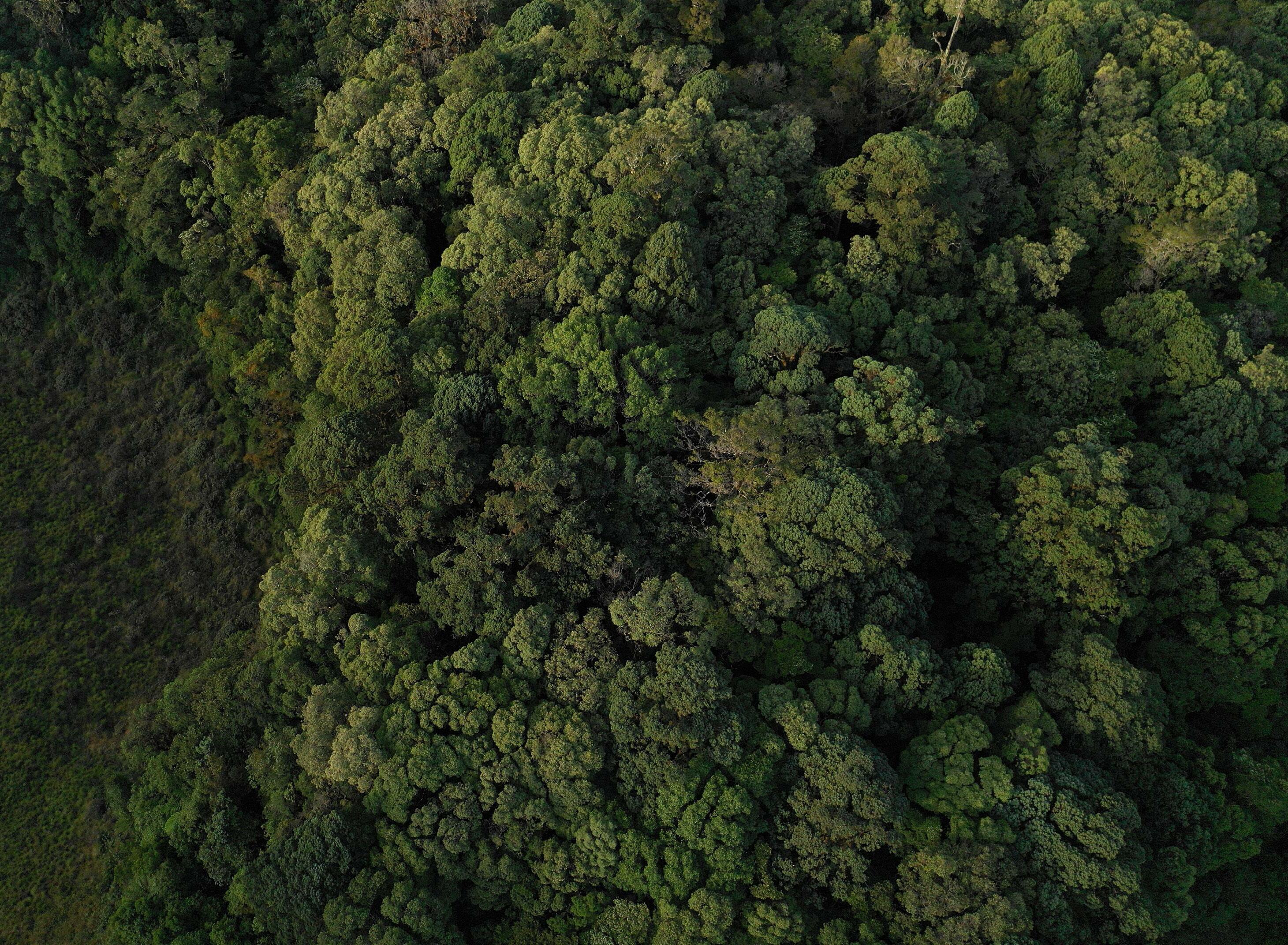
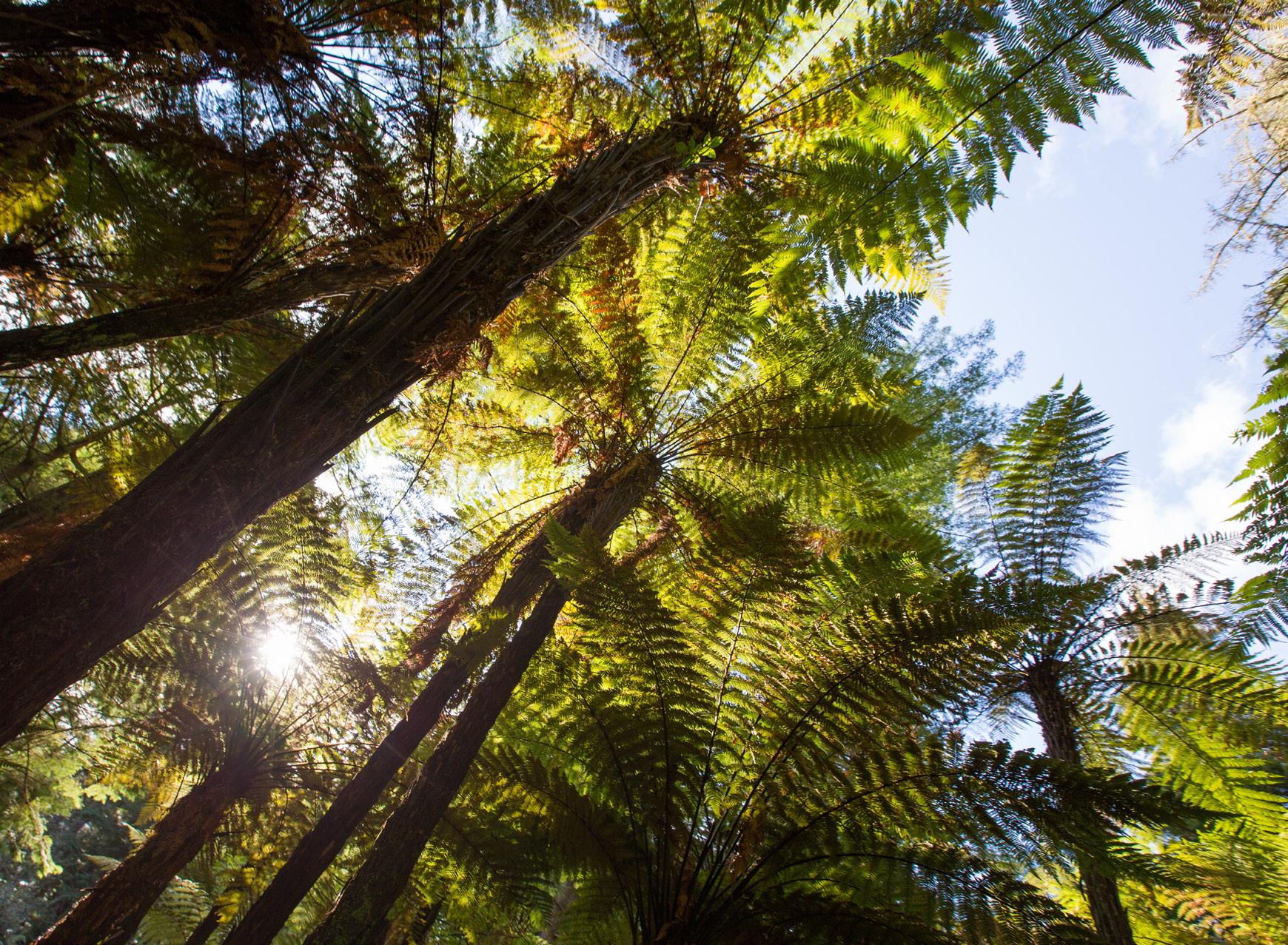


This immersive experience will illustrate how daily decisions relate to healthy coexistence with animals on a sustainable planet.
COMING SOON: WOODLAND PARK ZOO’S FORESTS FOR ALL EXHIBIT

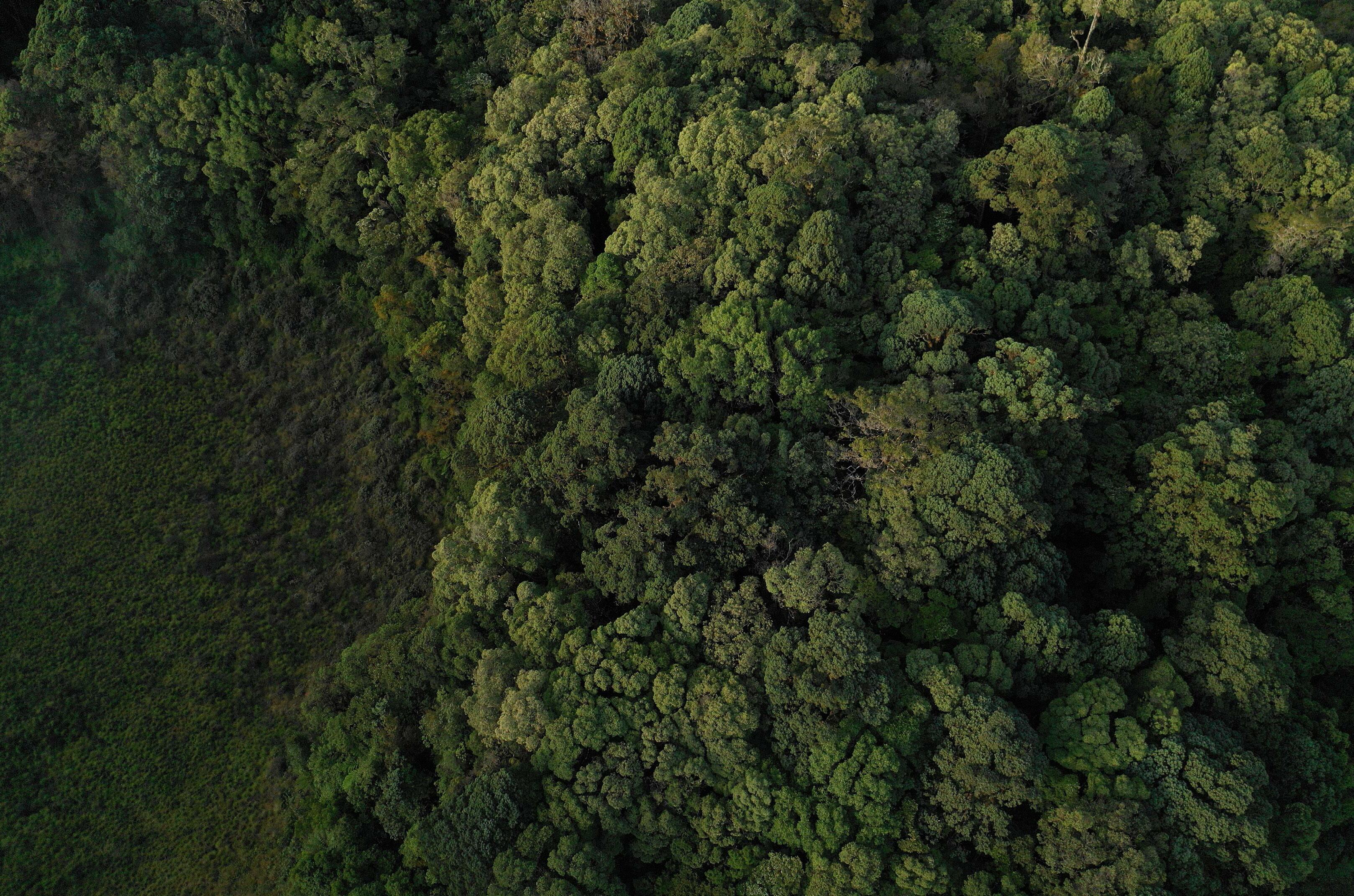
We can’t wait to introduce the world to the magnificent marsupial that sparked a conservation revolution in Papua New Guinea!
In the heart of Woodland Park Zoo, the new Forests For All exhibit will invite the Pacific Northwest community, and guests from around the world, into an extraordinary ecosystem. Built around the story of the zoo’s ongoing conservation success with the Tree Kangaroo Conservation Program in Papua New Guinea, this immersive experience will illustrate how daily decisions—like ordering a cup of coffee—relate to healthy coexistence with animals on a sustainable planet.
Humans are the solution to the most vexing challenges of our time, including climate change, biodiversity/habitat loss and species extinctions. Those engaging with the new exhibit will see themselves as agents for environmental change and gain a renewed sense of hope that conservation efforts— both at home and around the world—are worthwhile and make Earth a healthier place for all of us.
Here are some actions we can all take today to support local and global biodiversity as the people of YUS have done.

In partnership with the Tree Kangaroo Conservation Program, the people of YUS have enacted wide-reaching conservation strategies to protect the health of their forest, land and water—and the result is that people, animals and trees are thriving. Their conservation commitments have positive ripple effects for the entire planet. We are all connected: By taking steps for the environment at home, you contribute to cleaner air and water shared by everyone, everywhere.
Visit the Cedar River Watershed Education Center in North Bend. The Cedar River Municipal Watershed provides drinking water for 1.5 million people in the greater Seattle area!
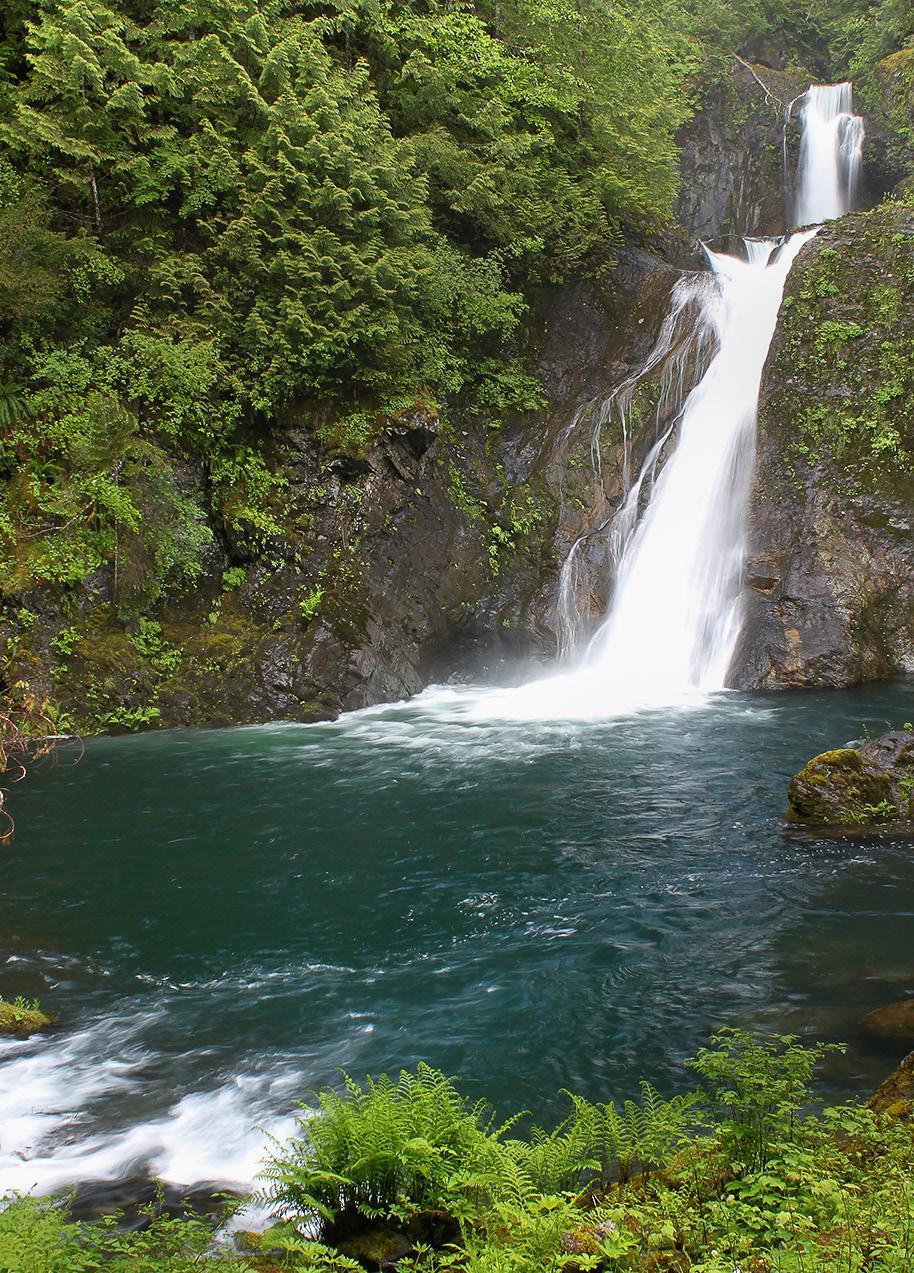
Share your ideas with local government officials and VOTE.
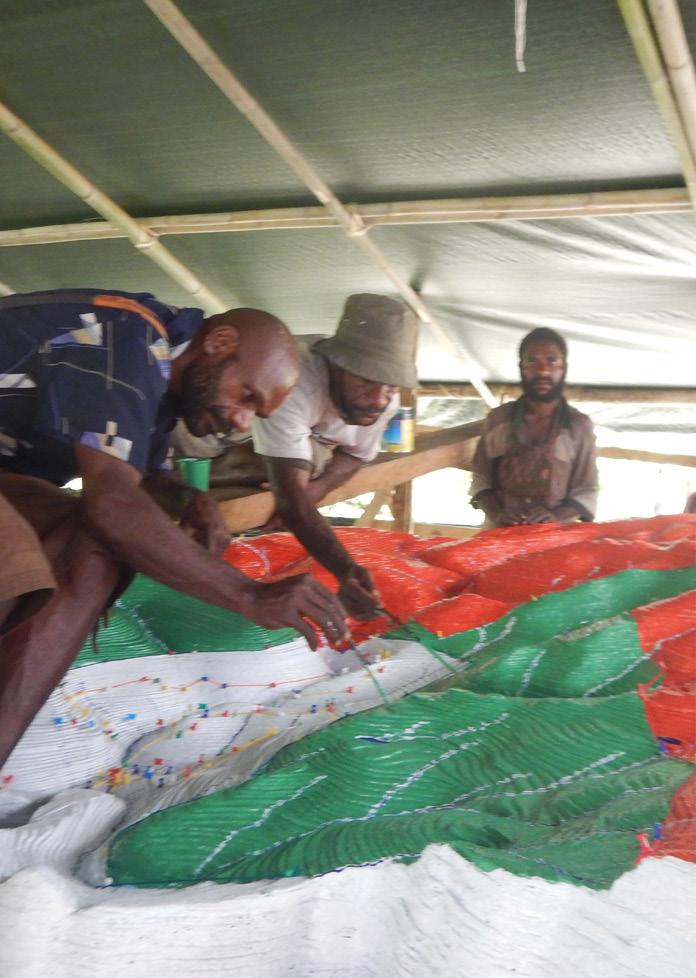

Know your environment. Go on a field trip with a local birdwatching group, or take a lowtide beach walk at a local park.

Support Woodland Park Zoo and other youth environmental education programs.

Hunters are often steadfast conservationists in both the Pacific Northwest and Papua New Guinea.
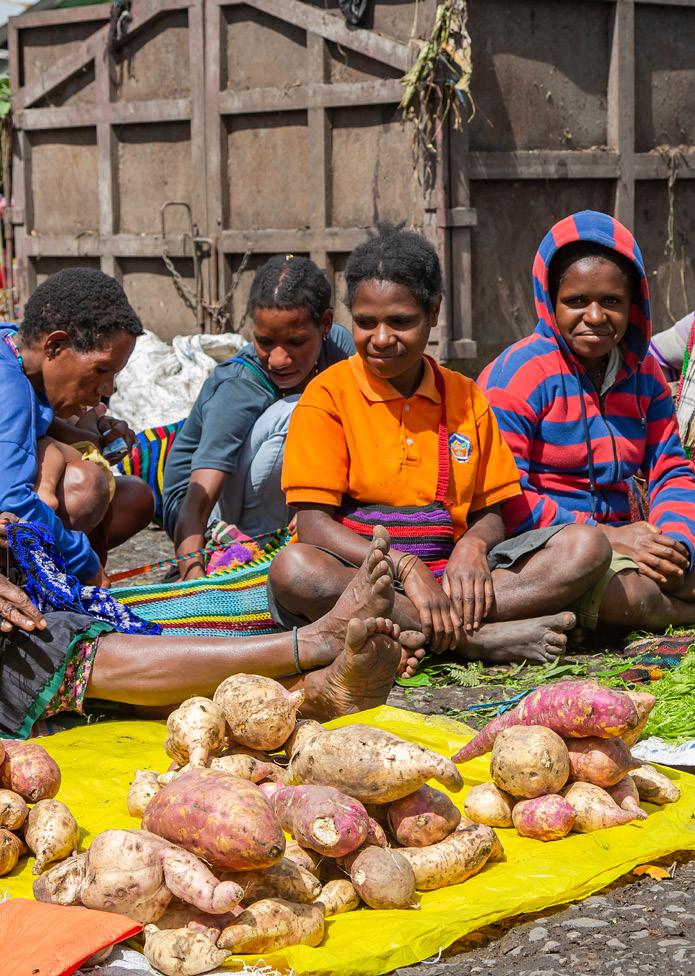
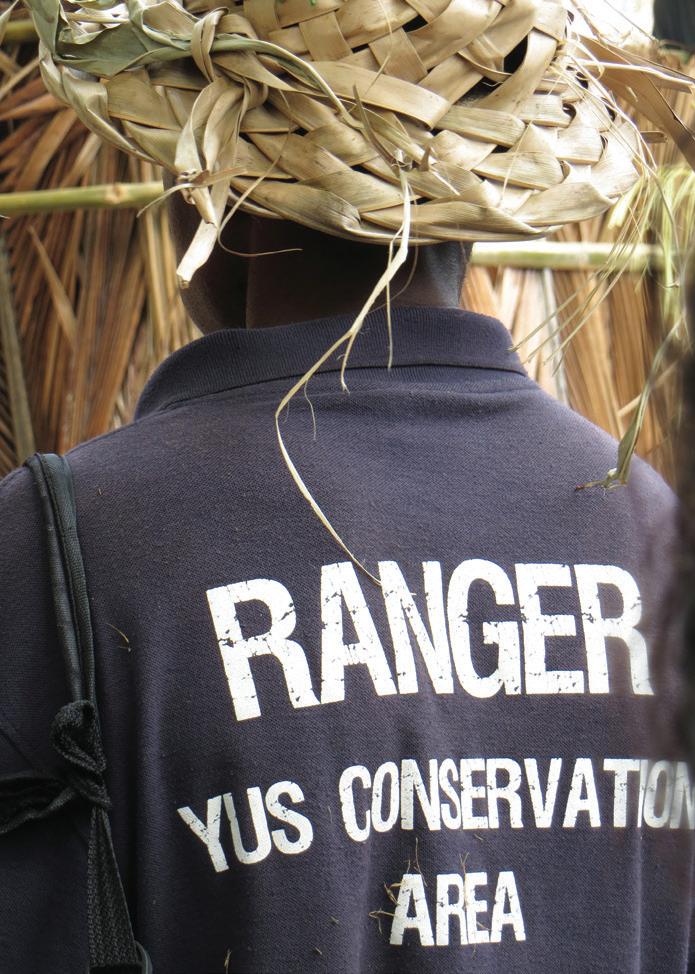
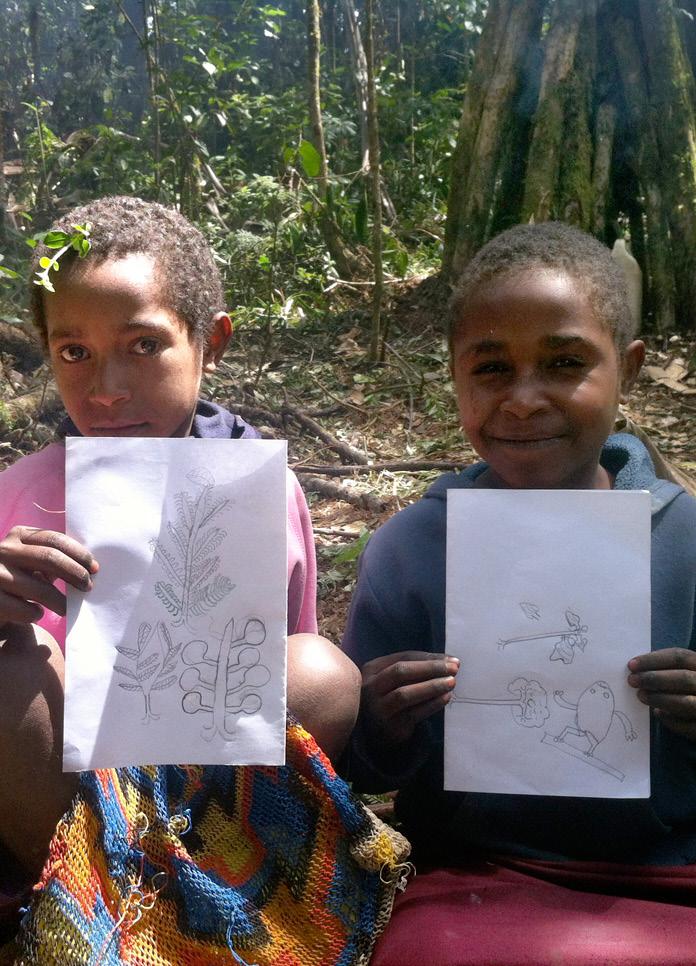
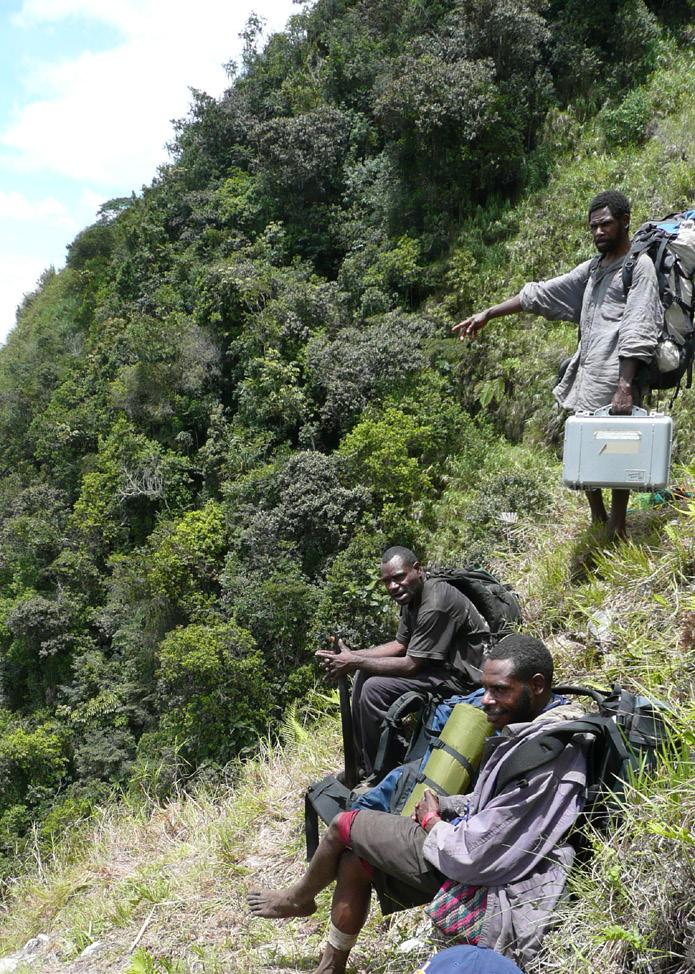
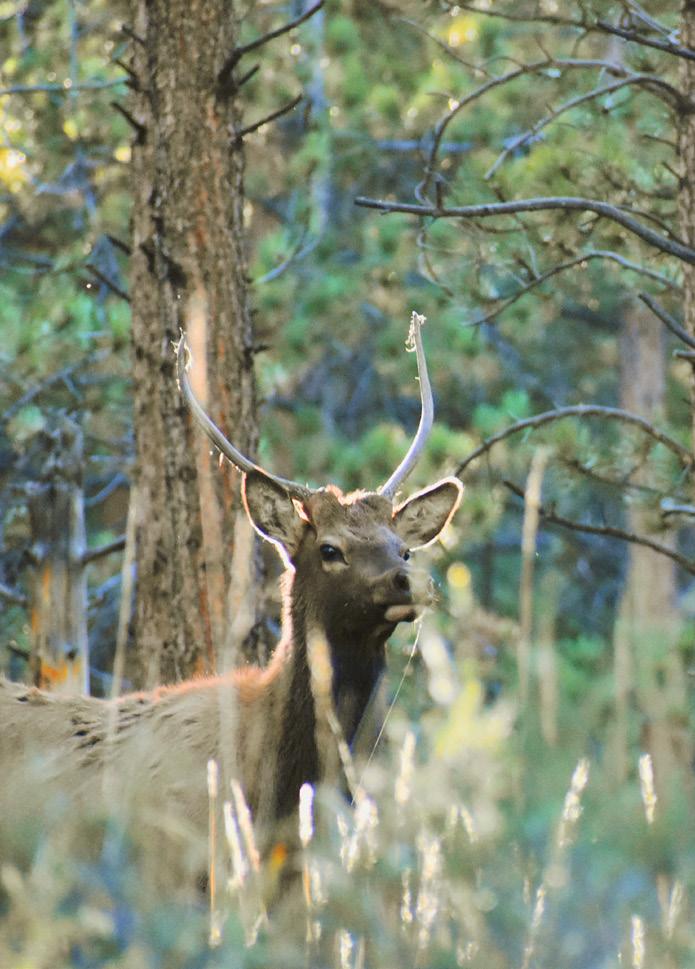
Eat local.
Shop at your local farmers market.


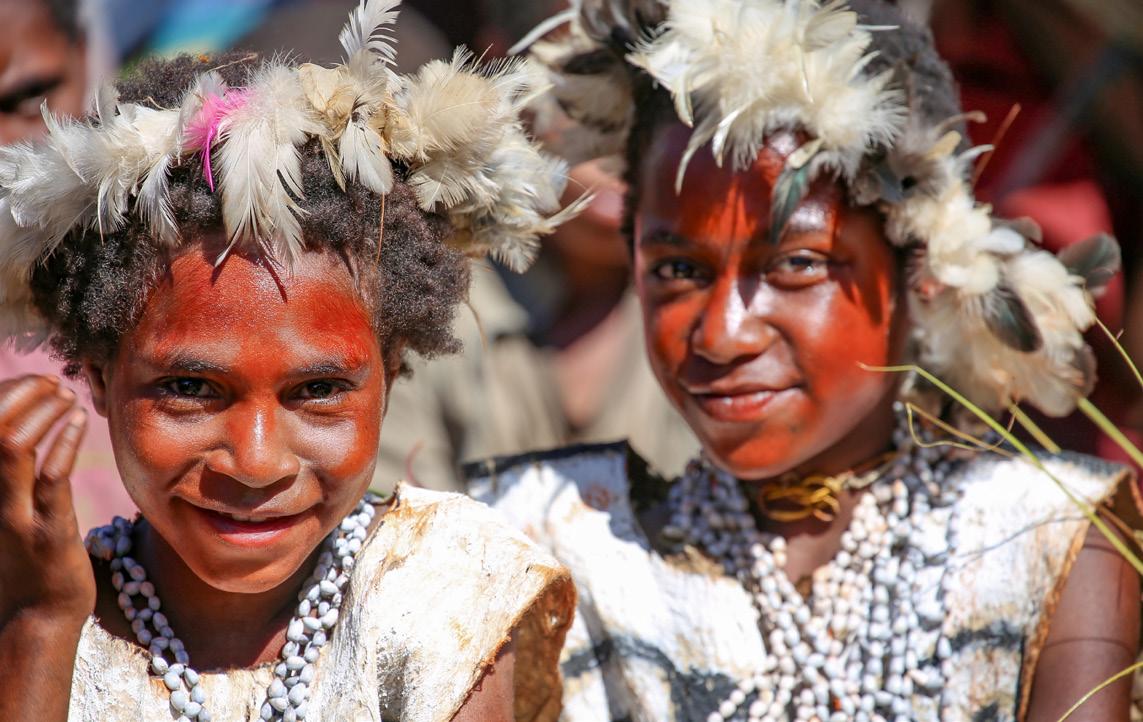
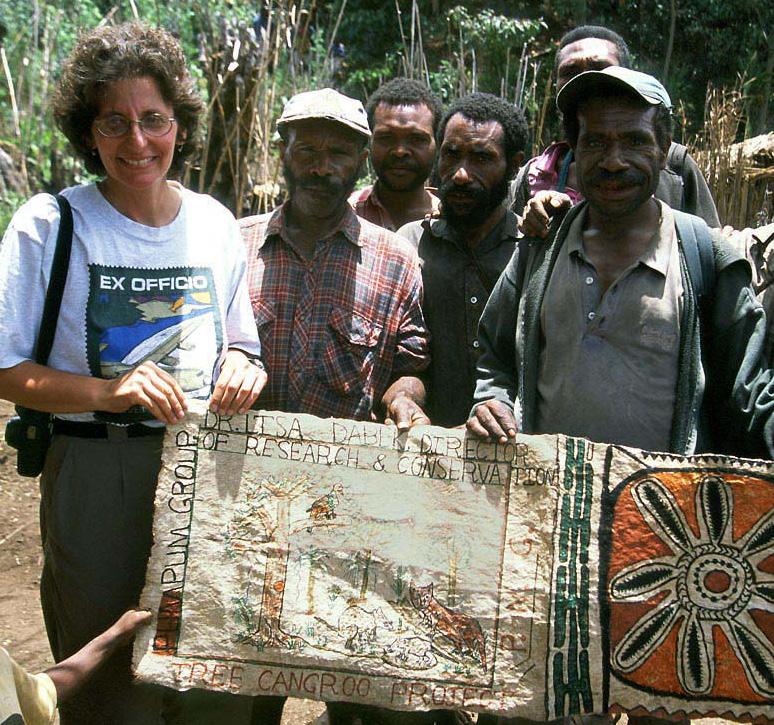
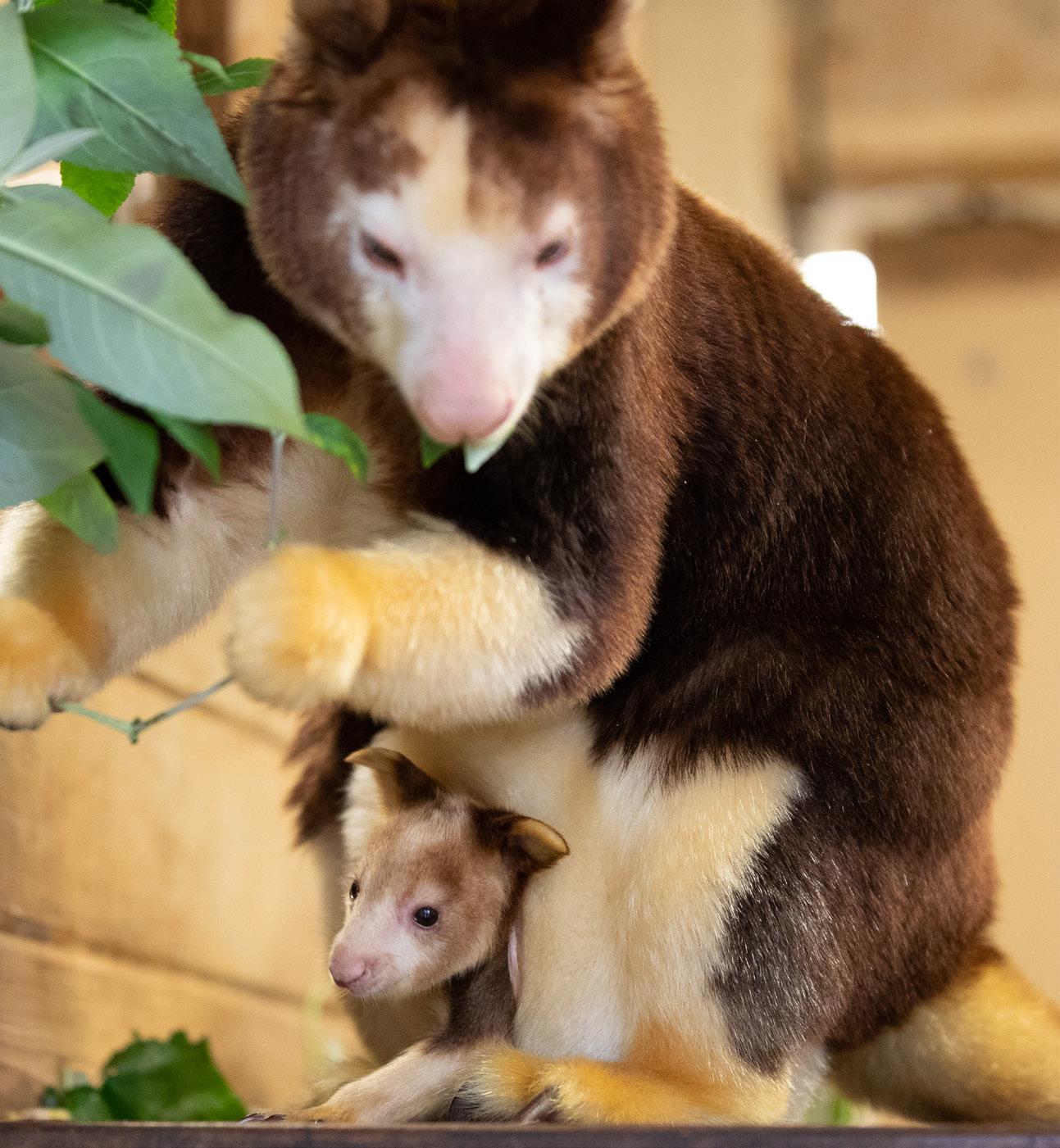

Woodland Park Zoo’s Tree Kangaroo Conservation Program is grateful to the many generous donors who have invested in community-led conservation to save biodiversity in Papua New Guinea. Hundreds of individuals and organizations have given their time, talents and financial contributions—all critical to the program’s success. Together we are protecting the Matschie’s tree kangaroo and motivating people everywhere to act for the health of their own forests and global biodiversity. You are making it possible. Thank you.
“
At a time when natural habitats around the world are rapidly disappearing, we all desperately need hope that some wild places will survive human encroachment. We need hope that we can save places where exotic birds sing, weird insects fly, and adorable tree kangaroos snuggle their young in the rain forest treetops. Thanks to Lisa Dabek, and all those who work for and support the Tree Kangaroo Conservation Program, hope survives.”
Penny Legate, Journalist and Tree Kangaroo Conservation Program Supporter
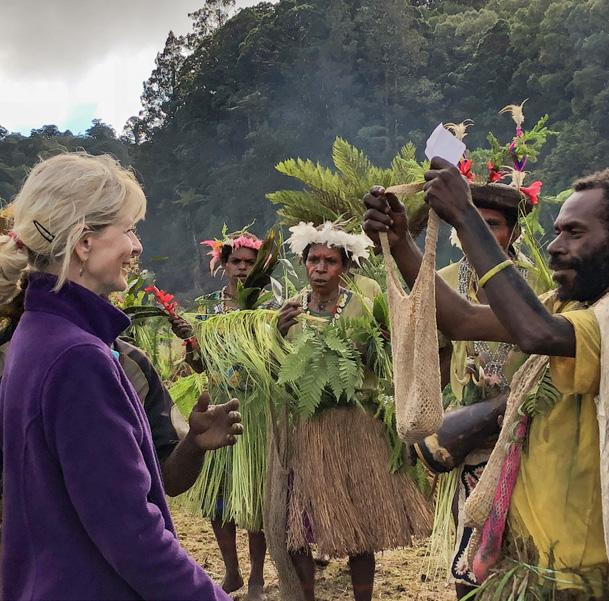
Page 5. Matschie’s or Huon Tree Kangaroo – Redpela Kapul (Dendrolagus matschiei) IUCN Status: Endangered
Page 18. Eastern Long-beaked Echidna – nilnil Kapul Bilong Graun (Zaglossus bartoni) IUCN Status: Critically Endangered
Page 21. Ulysses Swallowtail or Blue Emperor Butterfly (Papilio Ulysses) IUCN Status: Unknown
Page 24. Jewel Weevil (Eupholis sp.) IUCN Status: Unknown
Page 29. Huon Astrapia Bird of Paradise – Blakpela Kumul longpelatel (Astrapia rothschildi) IUCN Status: Least Concern
Page 32. Emperor Bird of Paradise – Kumul Waitpela Gras (Paradisaea guilielmi) IUCN Status: Near Threatened
Page 34. Wahnes’s Parotia Bird of Paradise – Blakpela Kumul Save Dens long Graun (Parotia wahnesi) IUCN Status: Vulnerable
Page 38. New guinea Pademelon – Bikpela Sikau (Thylogale browni) IUCN Status: Vulnerable
Page 46. Dwarf Cassowary – Muruk (Casuarius bennetti) IUCN Status: Near Threatened
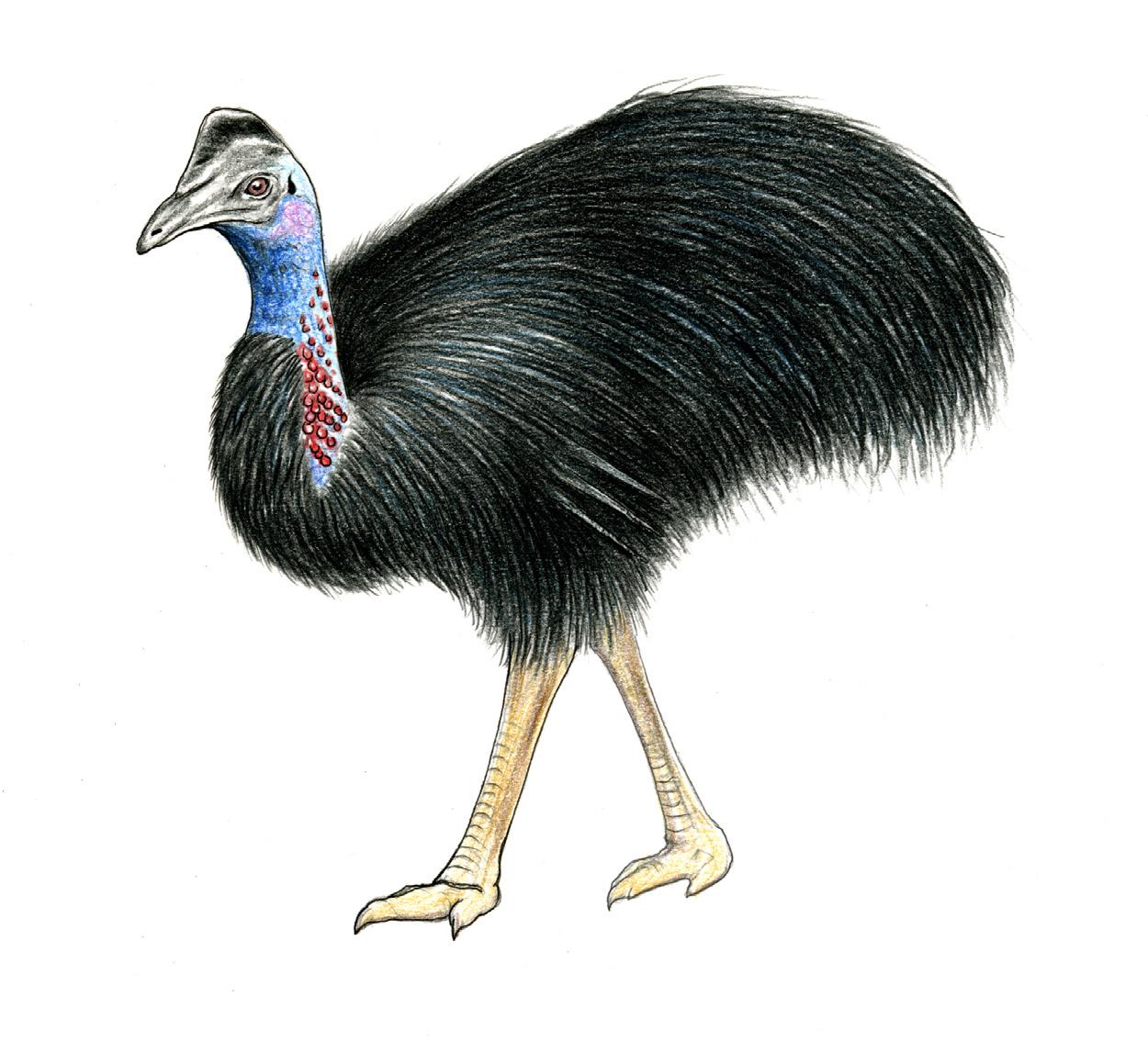
Page 46. Monitor Lizard – Kundu palai (Varanu sp.) IUCN Status: Least Concern

Illustrations by Stephen D. Nash, Conservation International, from Wildlife of the YUS Conservation Area Pocket Identification Guide.
The blue textile shown in closeup on the background of several pages is a bilum bag. The bags are used for many purposes, including collecting coffee cherries, and the craft of bilum weaving has been passed down through generations of Papua New Guineans.
The Tree Kangaroo Conservation Program (TKCP) is the partnership between the Woodland Park Zoo’s TKCP and TKCP-PNG.
TKCP-PNG is an independent non-governmental organization registered in Papua New Guinea

Front cover image by Jeremy Dwyer-Lindgren, WPZ. Contributing photographers include: Lisa Dabek, Trevor Holbrook, Mikal Nolan, Benjamin Sipa, Gemina, Danny S, Karau Kuna, TKCP; Ryan Hawk, Jeremy Dwyer-Lindgren, Alejandro Grajal, WPZ; Bruce Beehler, Tim Laman, David Gillison, Stephen Richards, Trish Watson, Penny LeGate, Doug Bonham, and others. Special thanks to all contributors. All photographs are the property of the Tree Kangaroo Conservation Program and Woodland Park Zoo.
Illustrations by Stephen D. Nash used with permission.
Editorial image, page 43. Photo by Tanya Keisha; Papuans woman sell sweet potatoes and other vegetables on the street market in Wamena, New Guinea, Indonesia.
Book design by Woodland Park Zoo.
Printed in the United States, September 2022.
The Tree Kangaroo Conservation Program fosters wildlife and habitat conservation and supports local community livelihoods in Papua New Guinea through global partnerships, land protection and scientific research.

